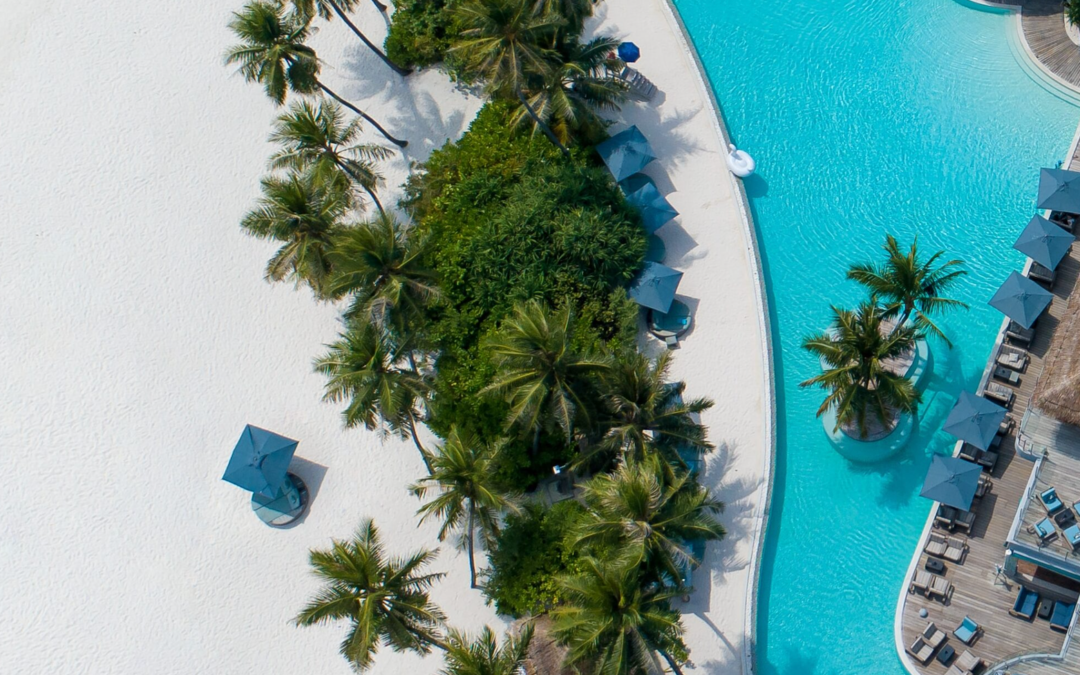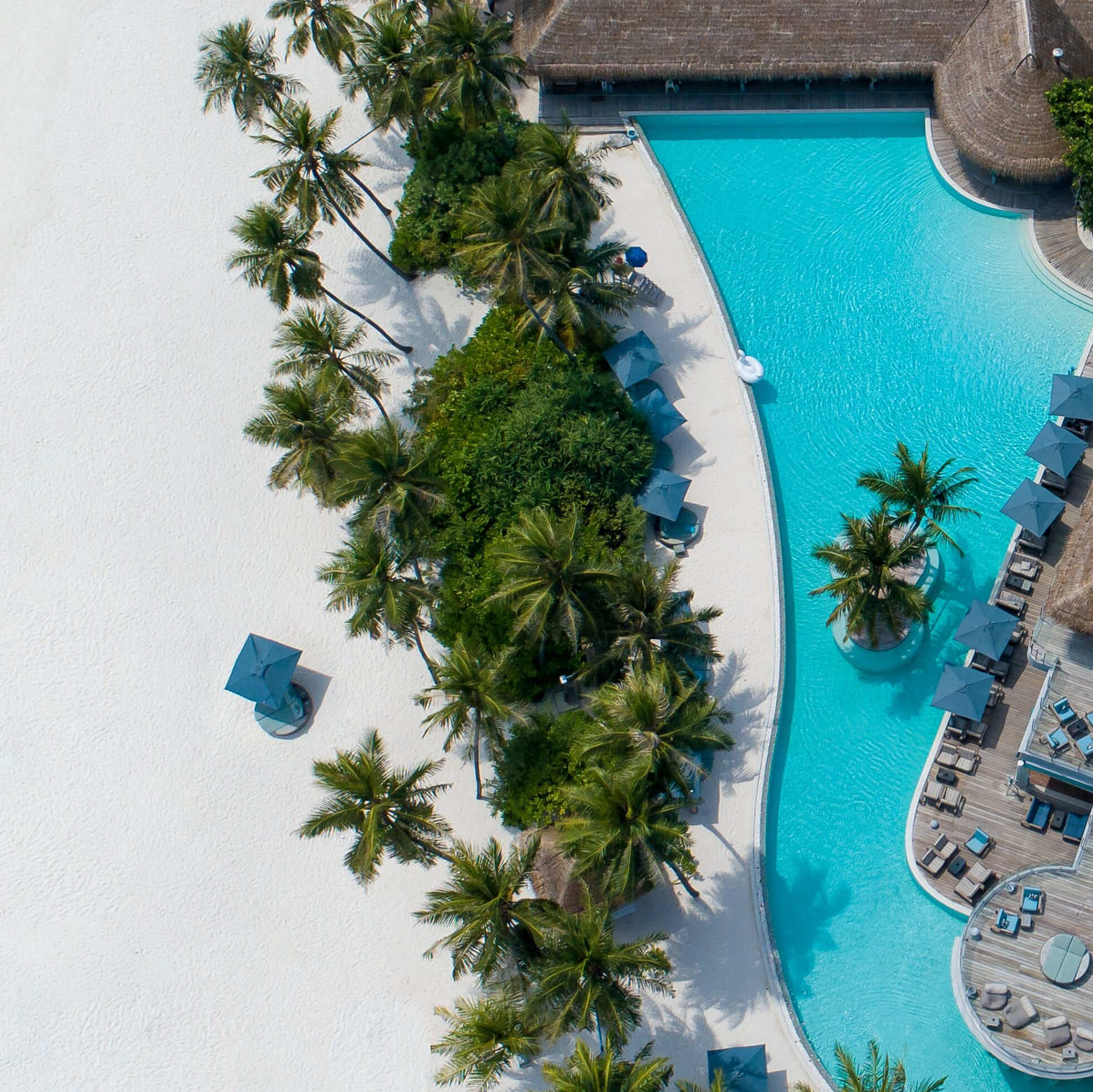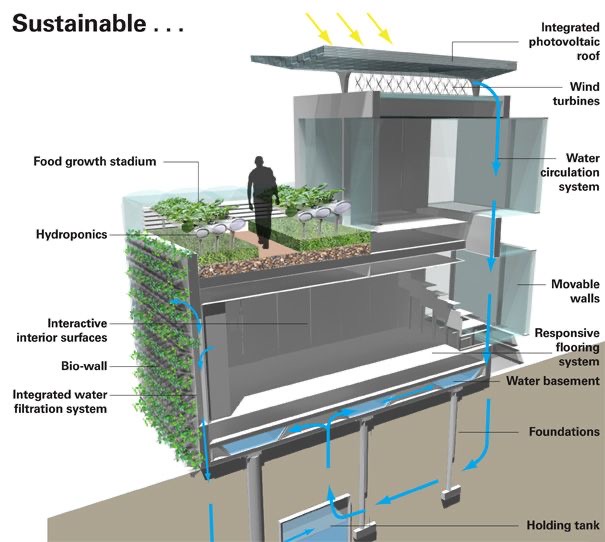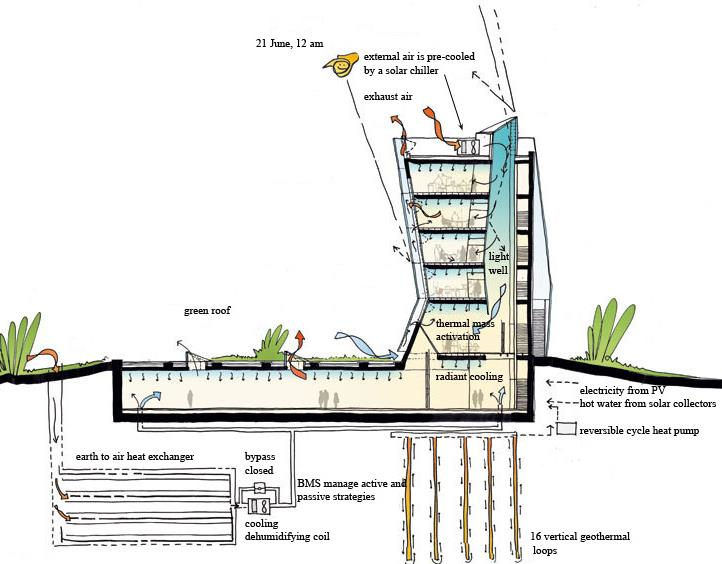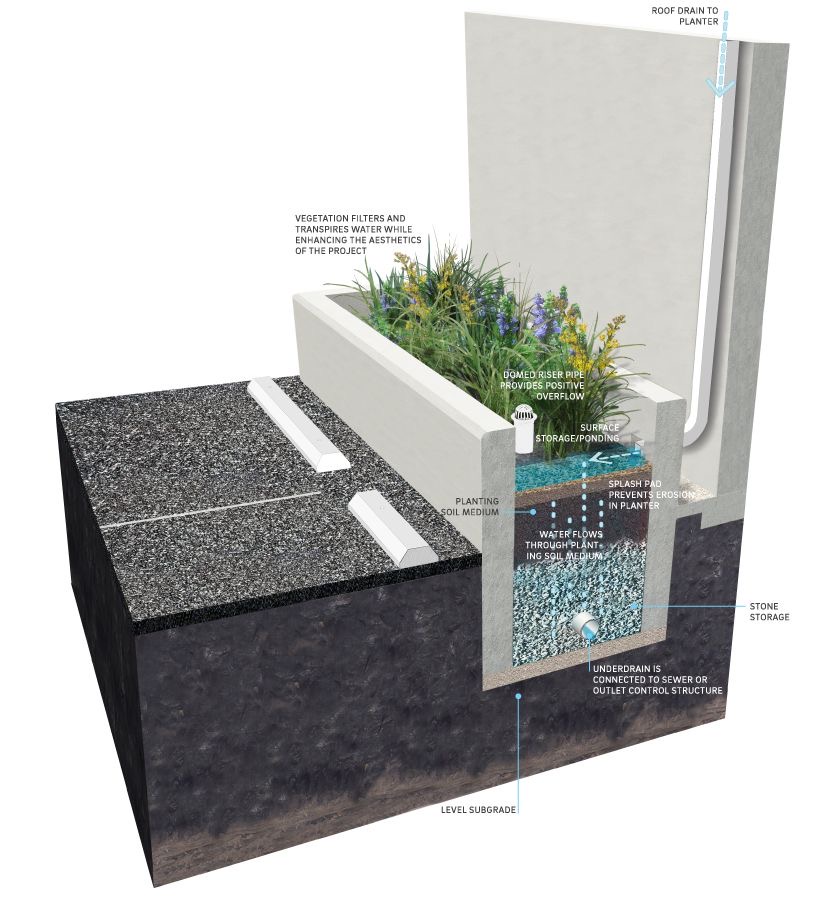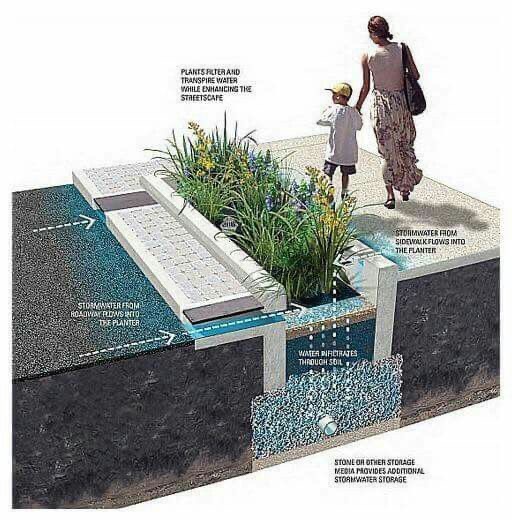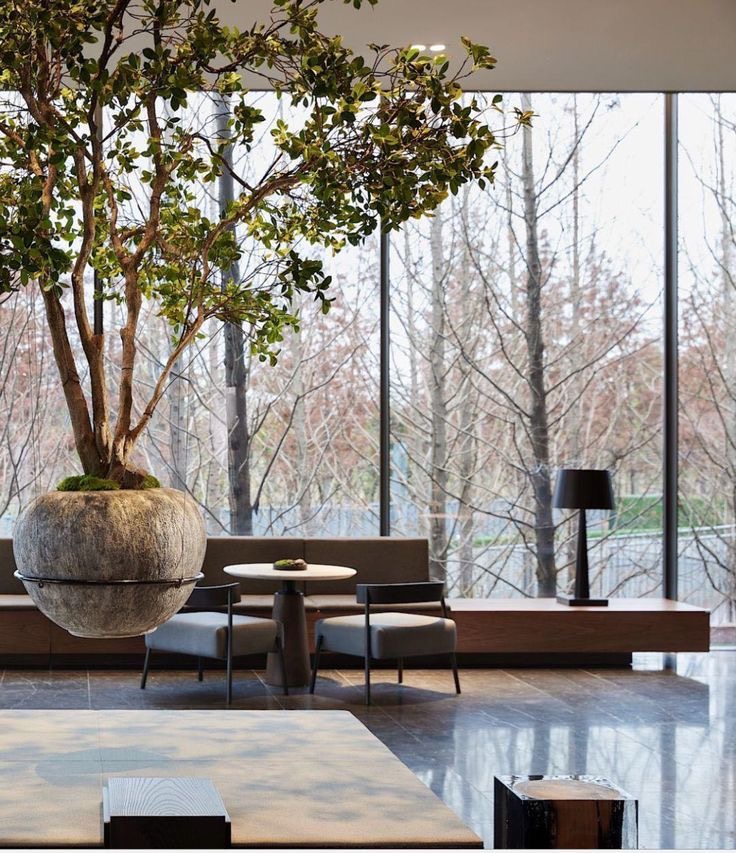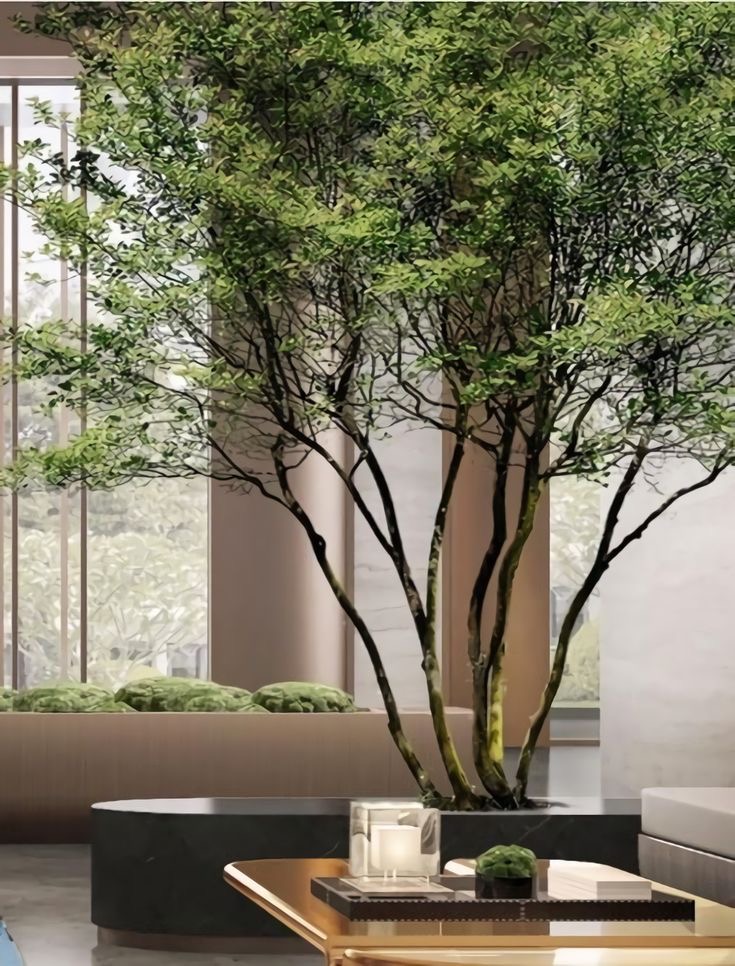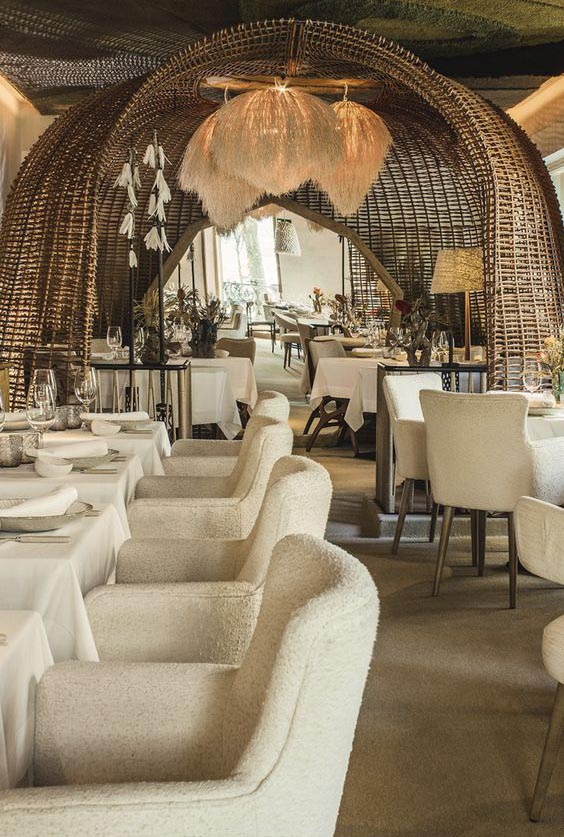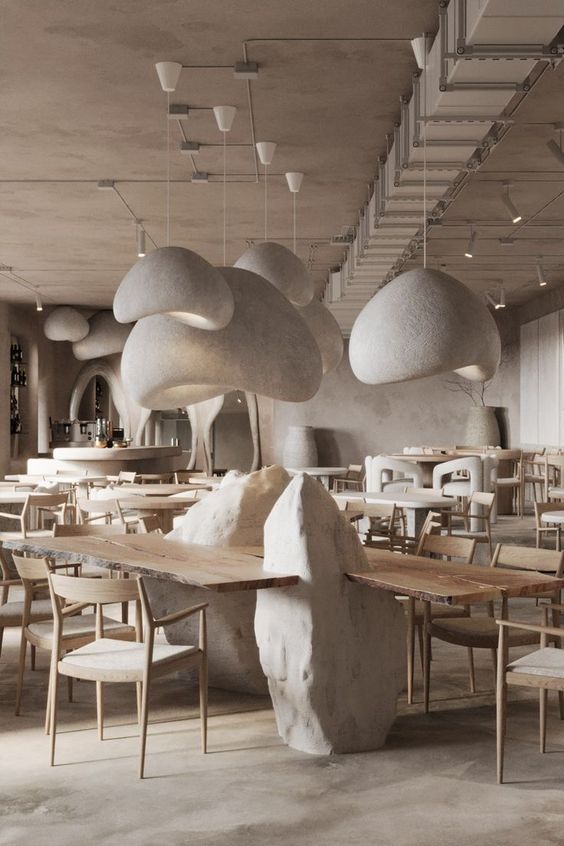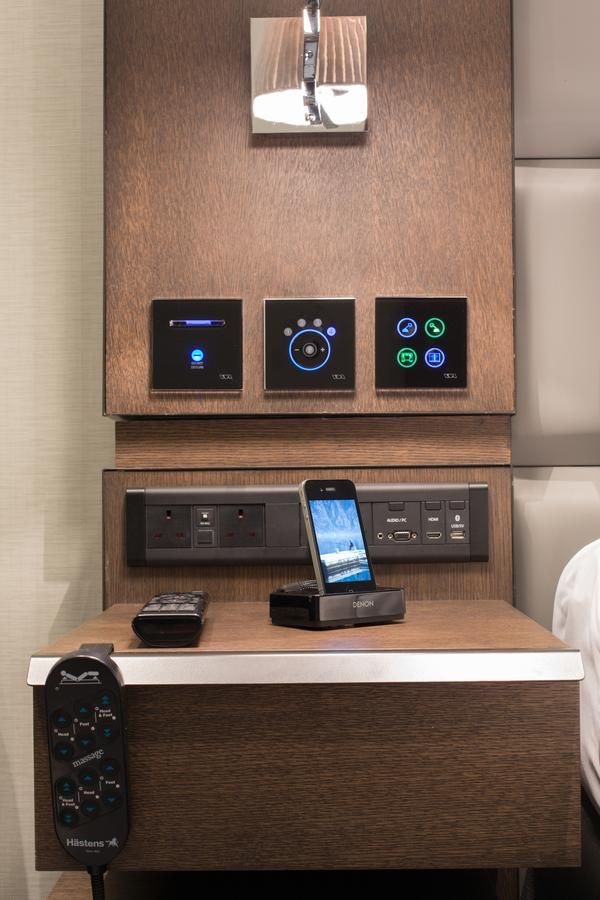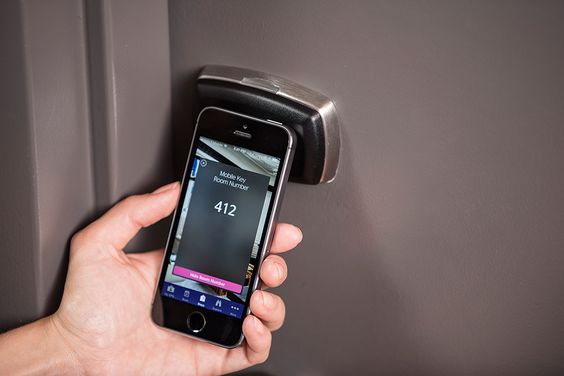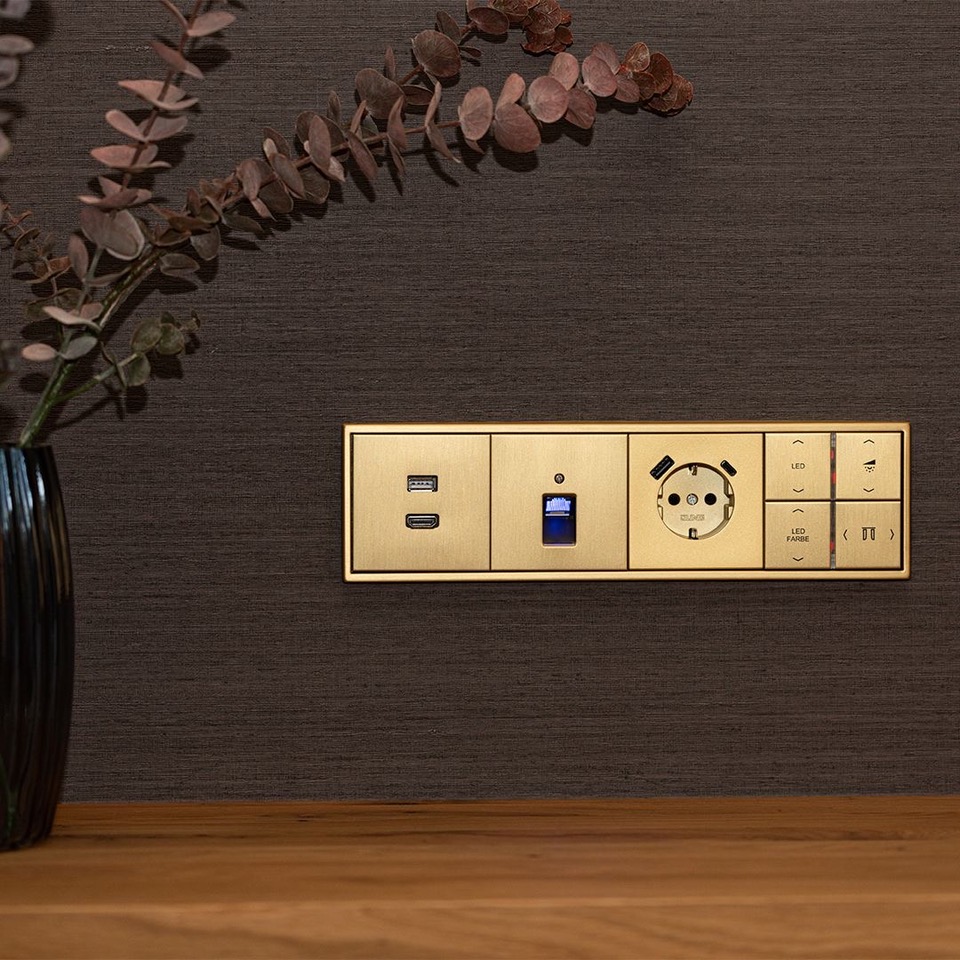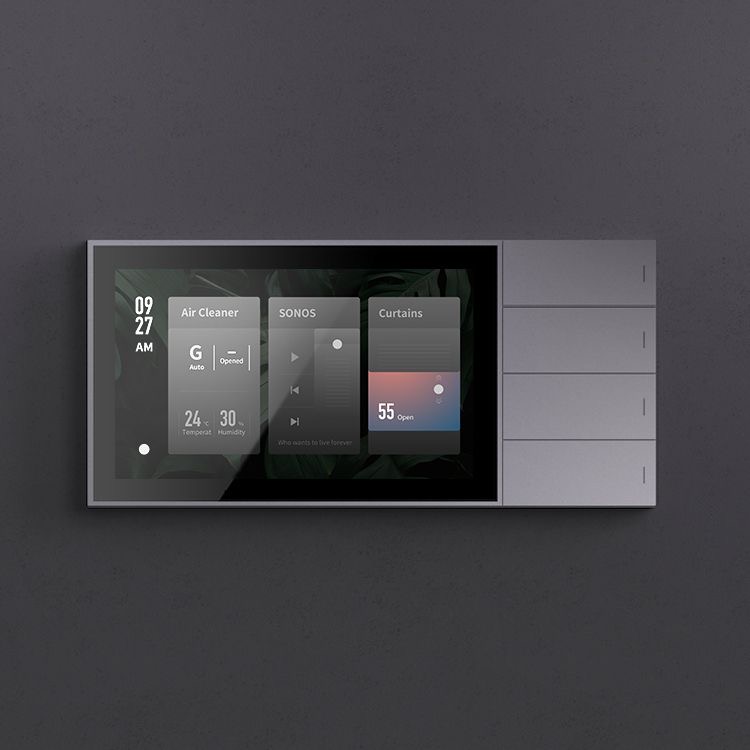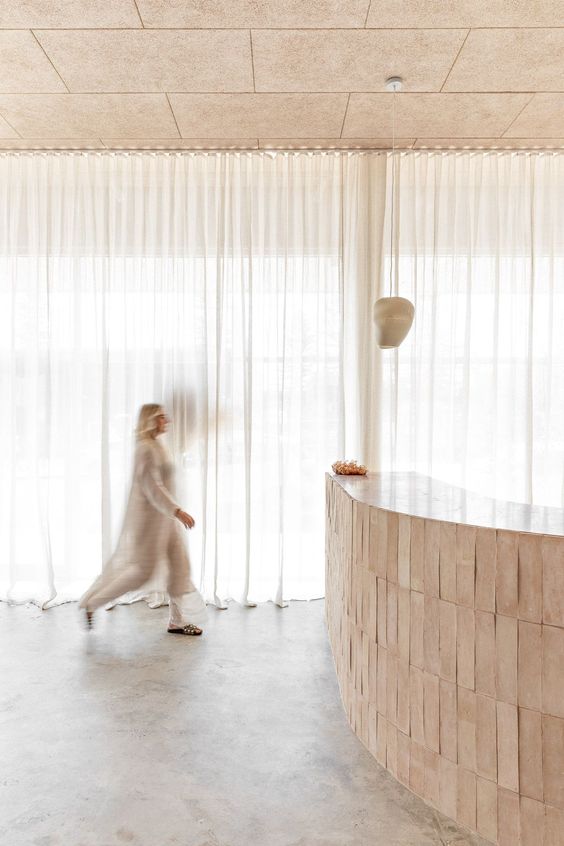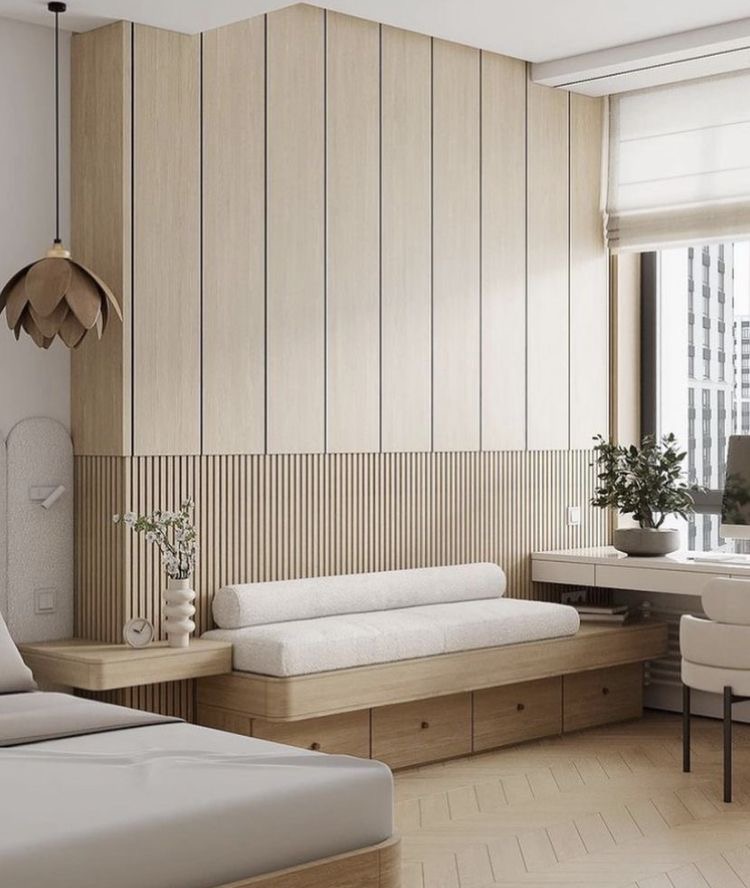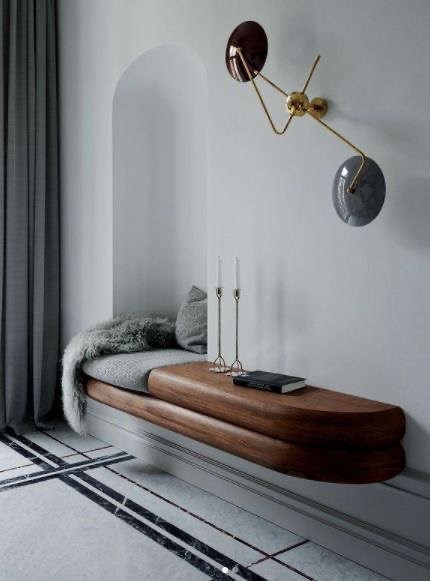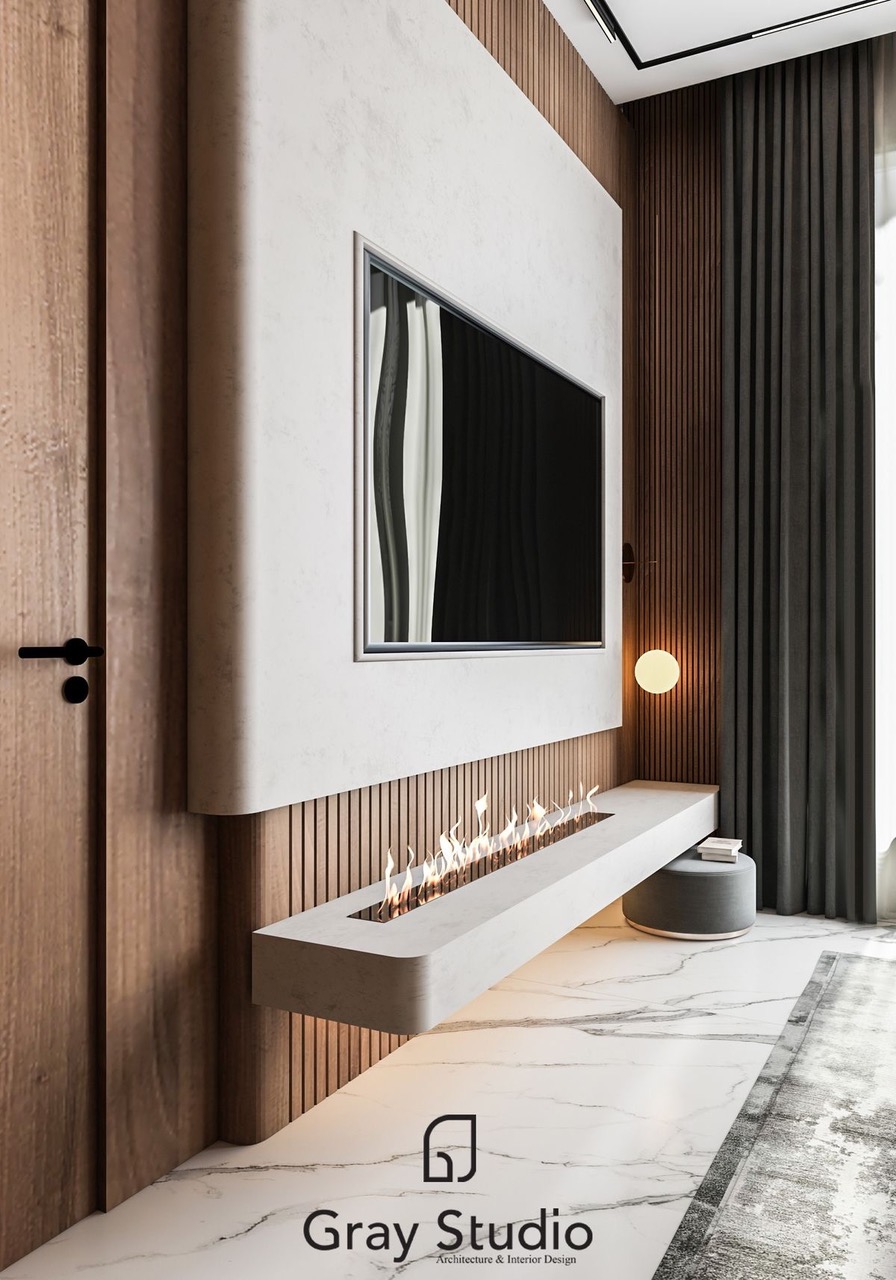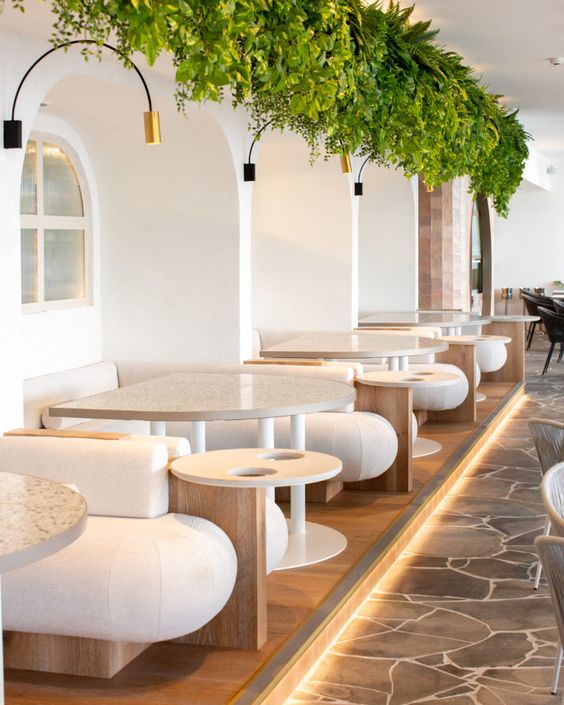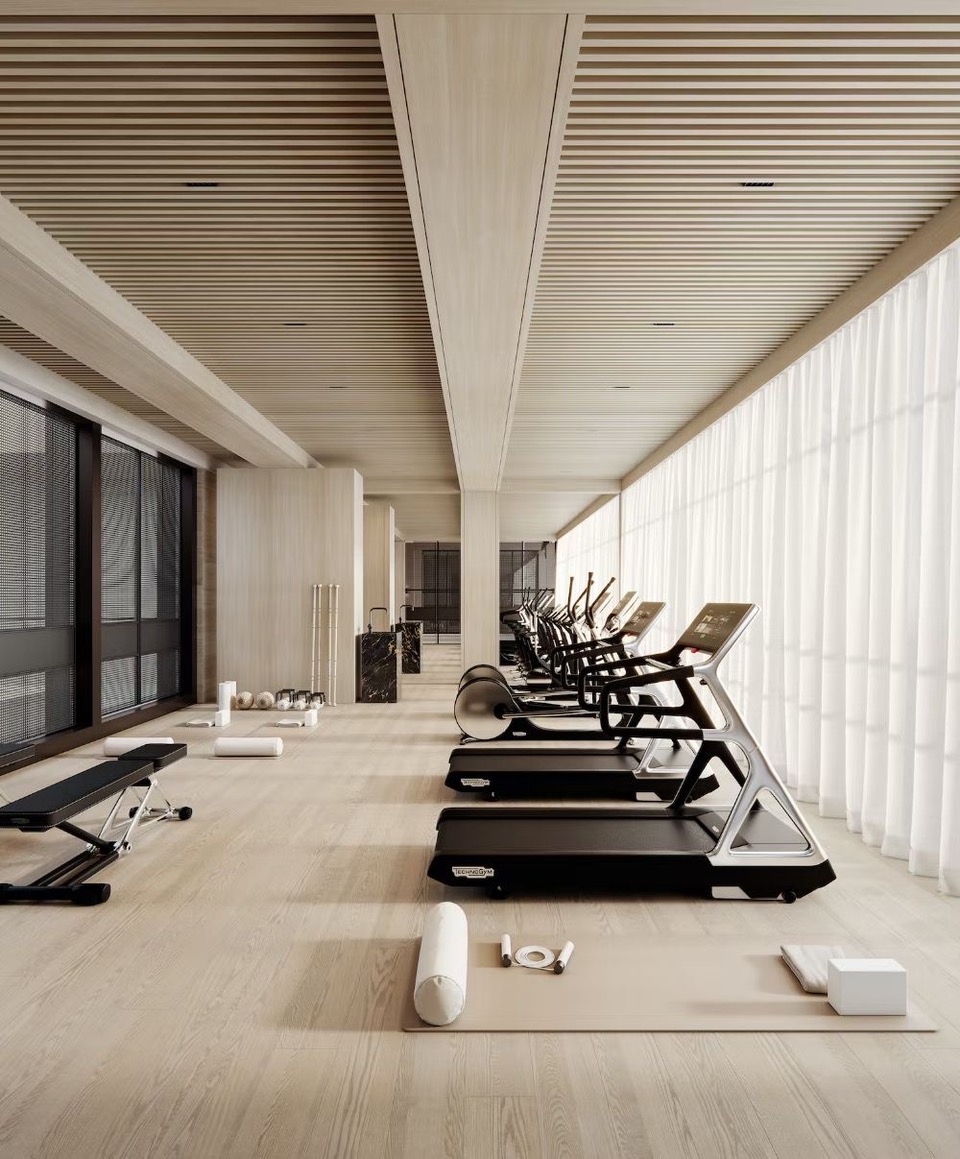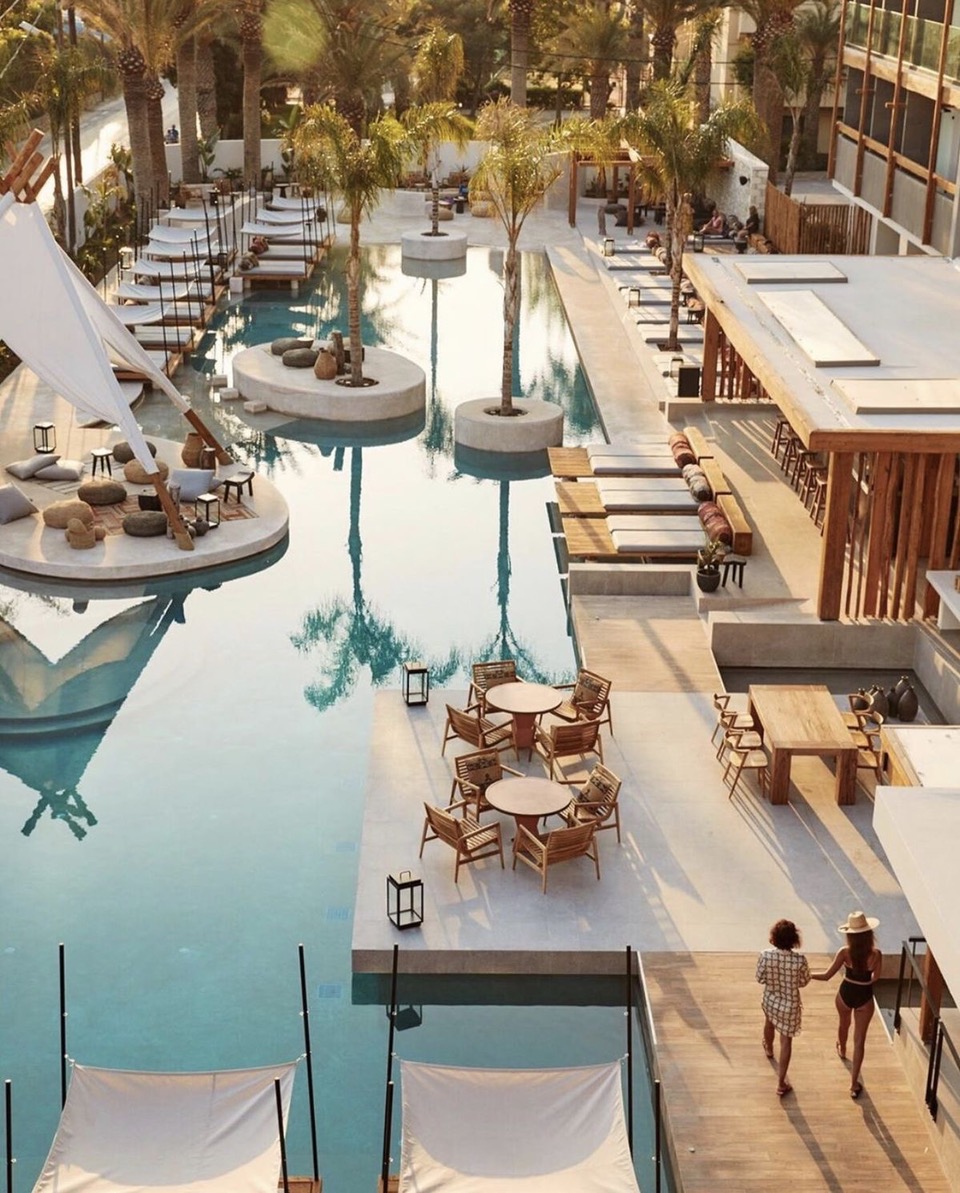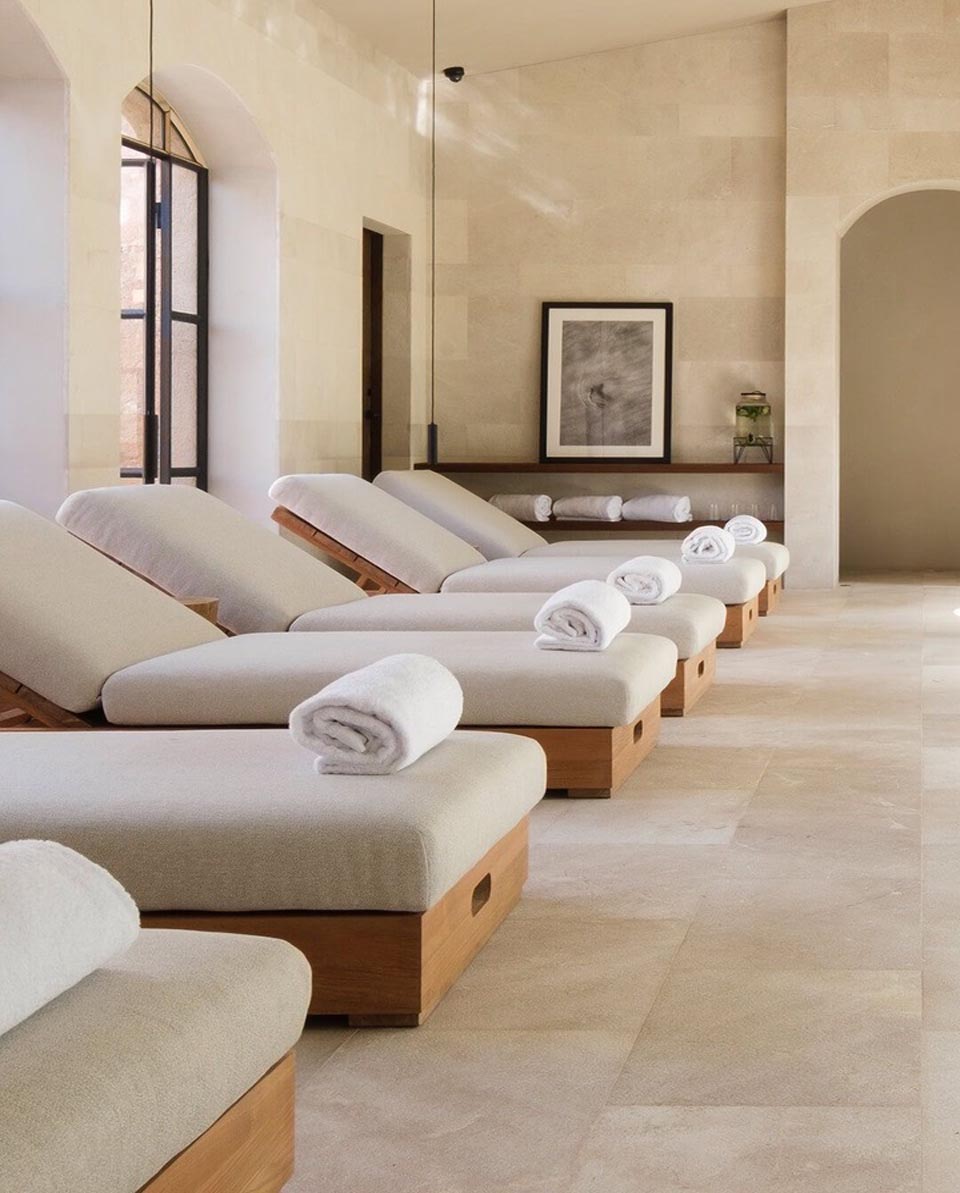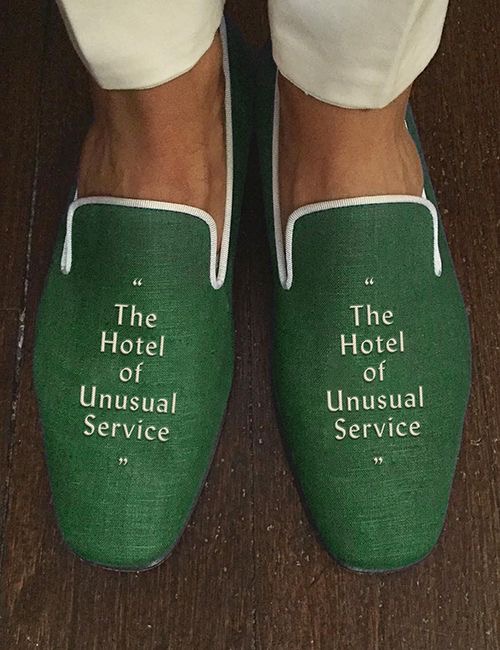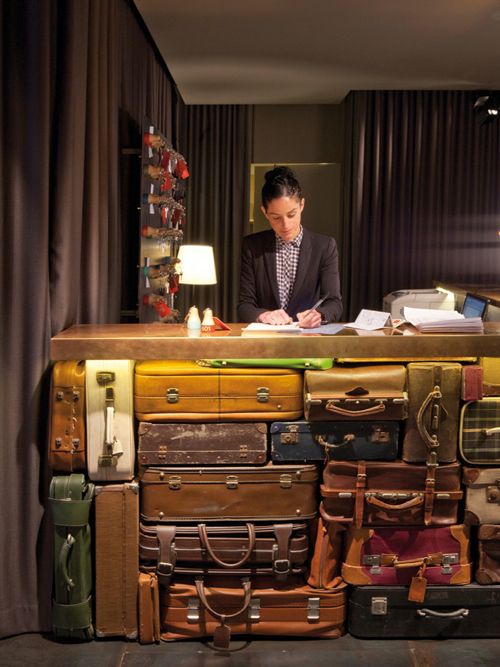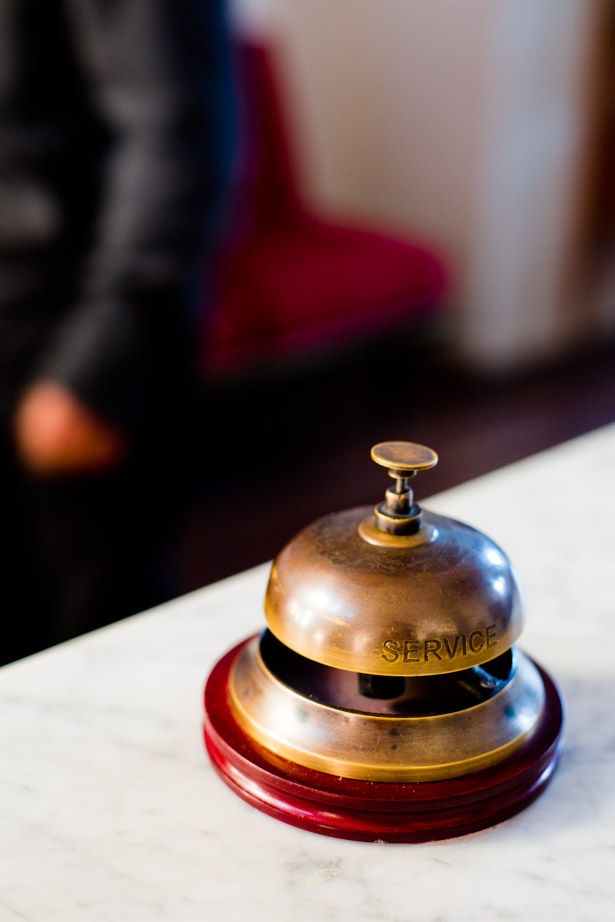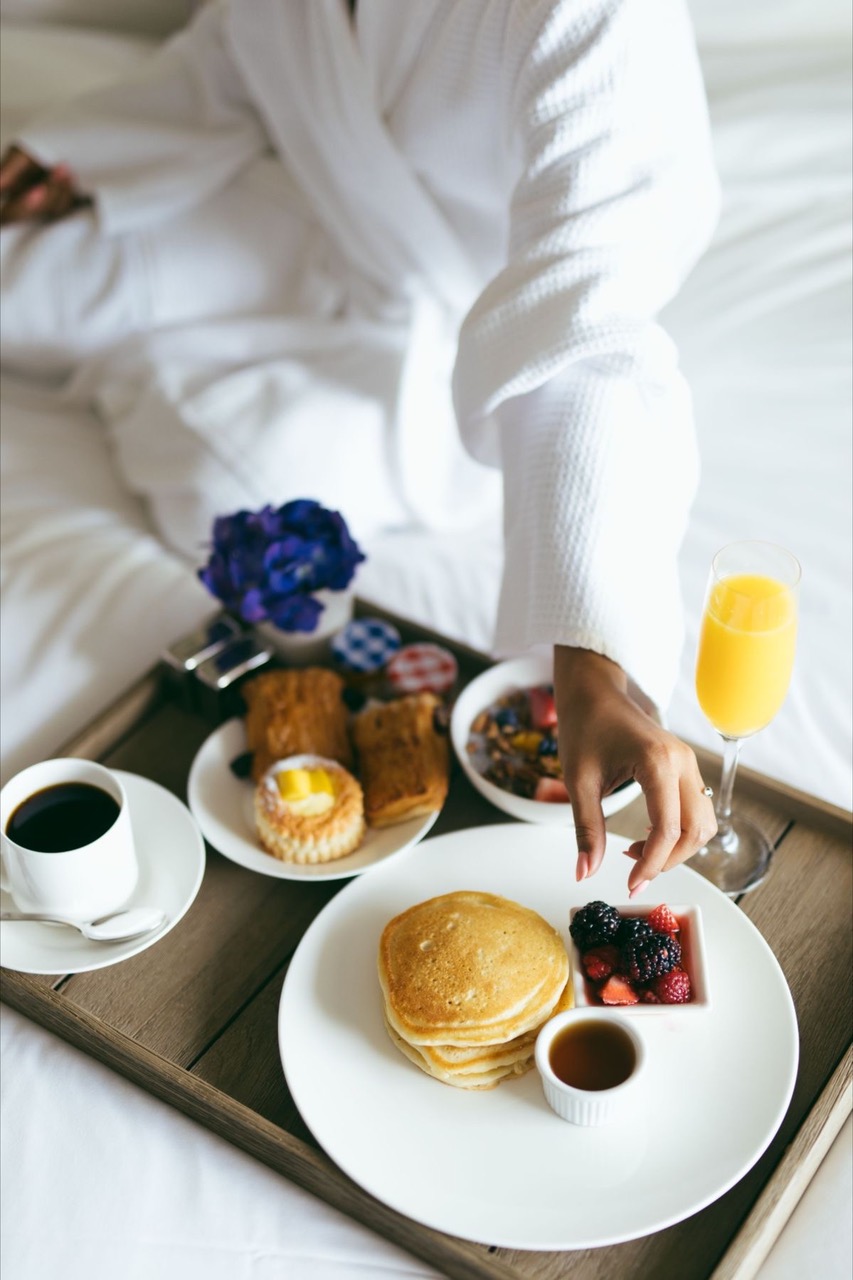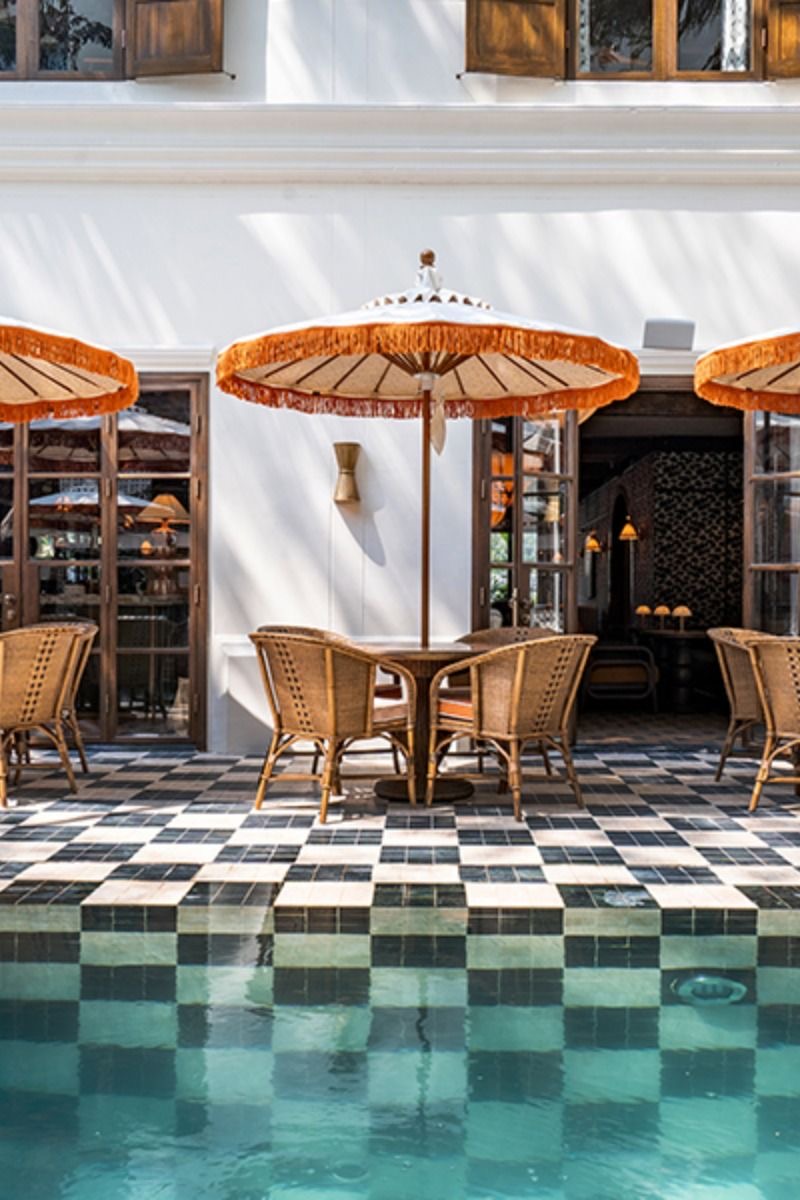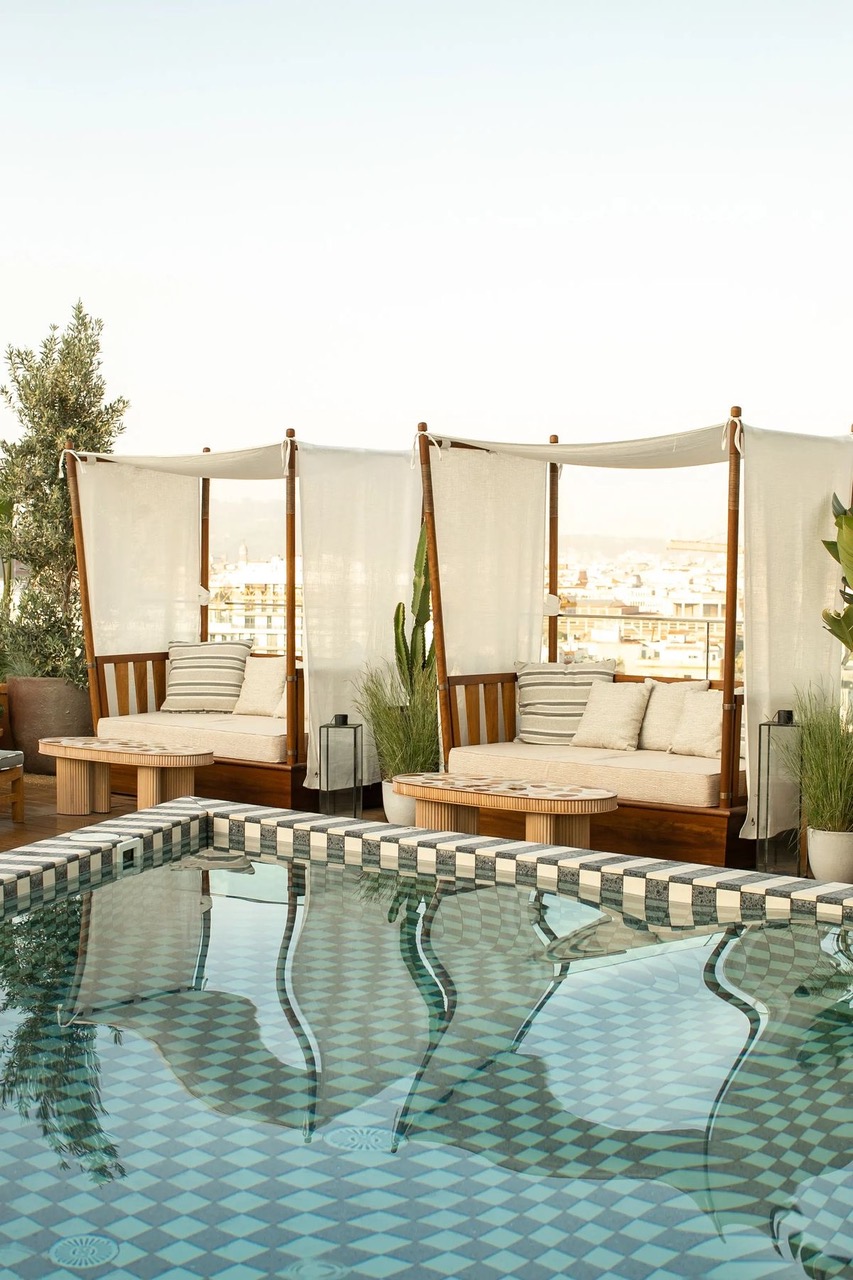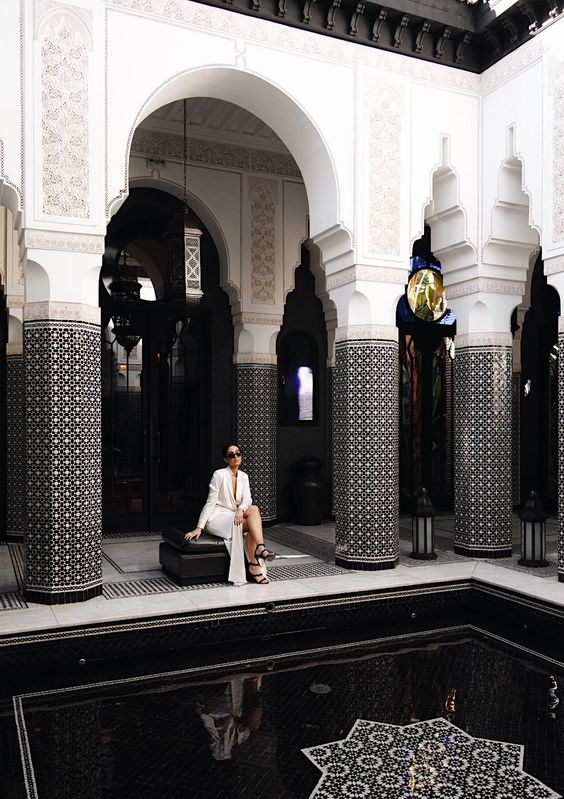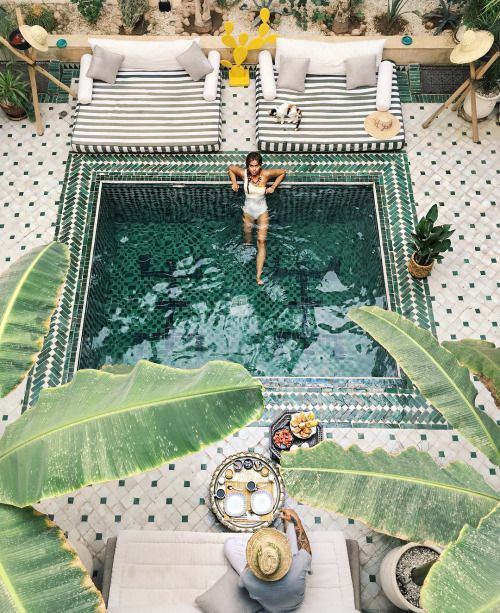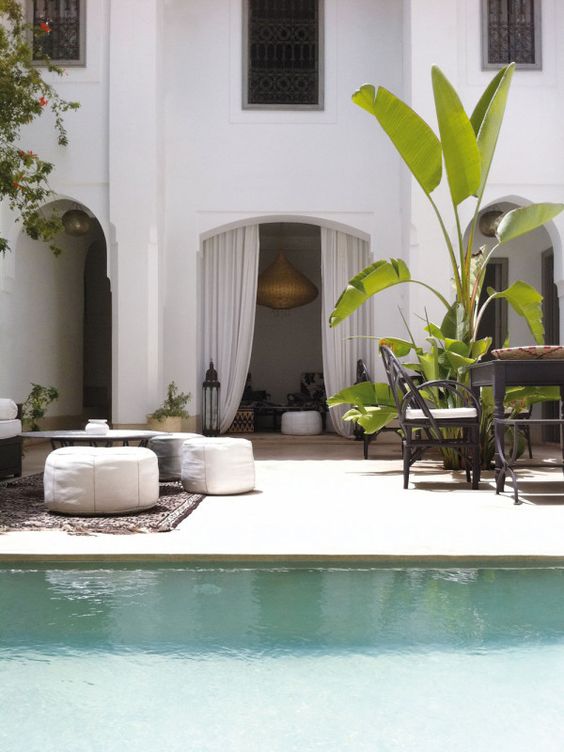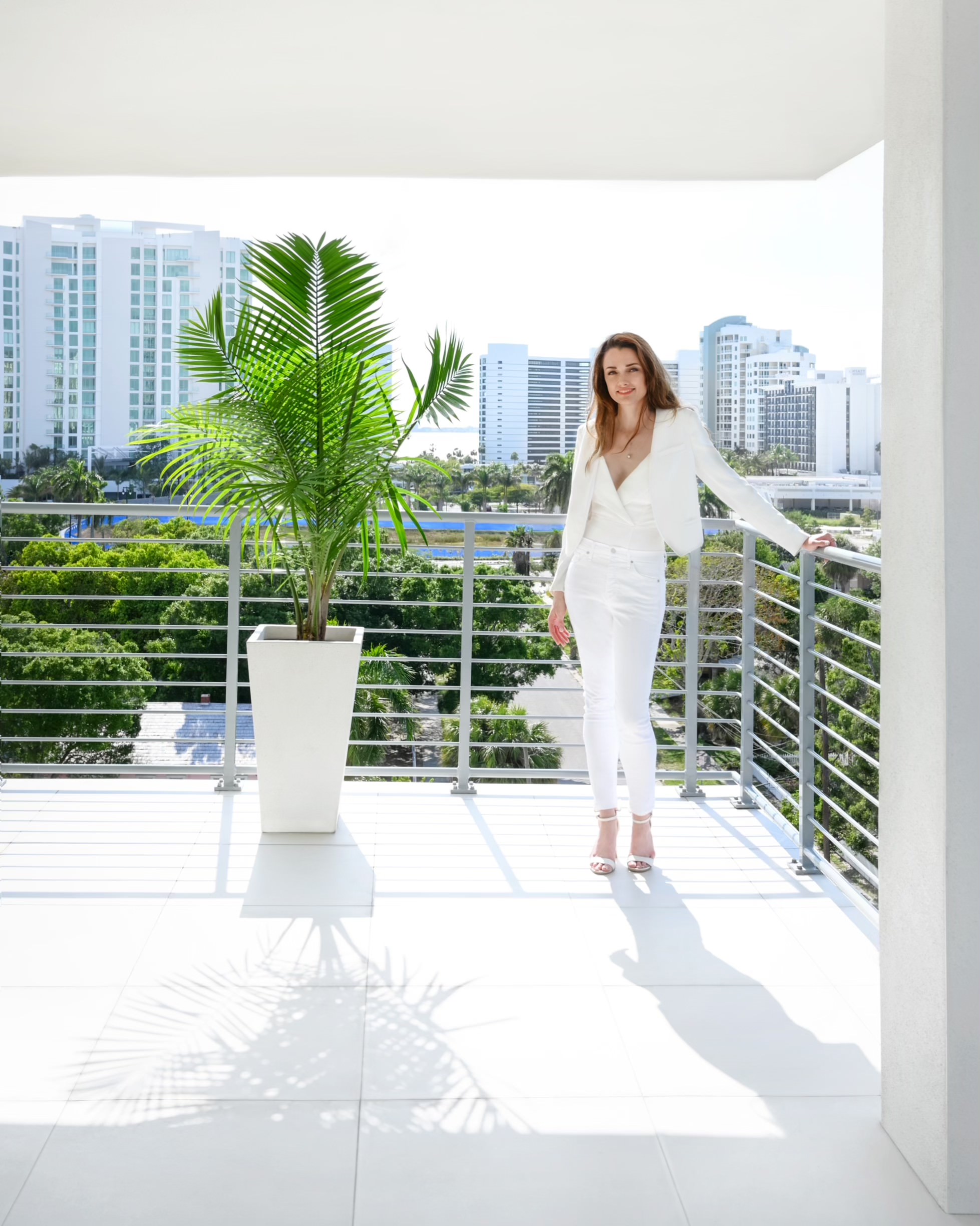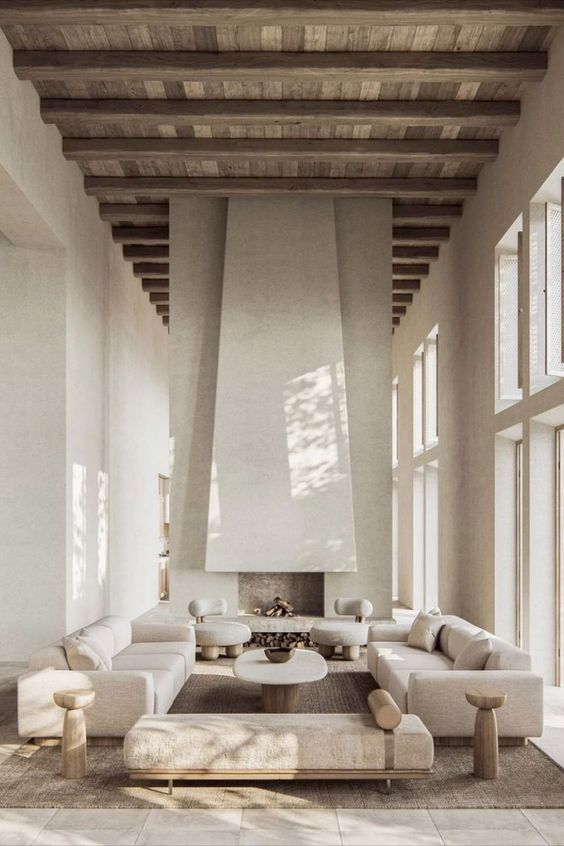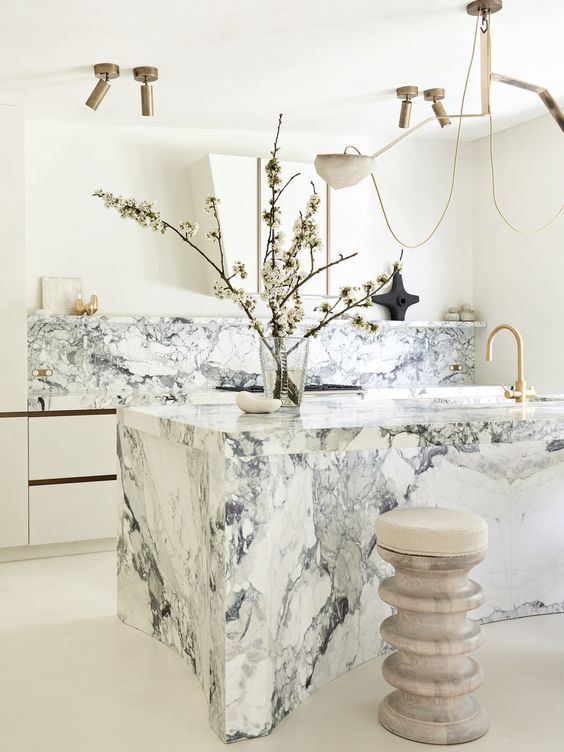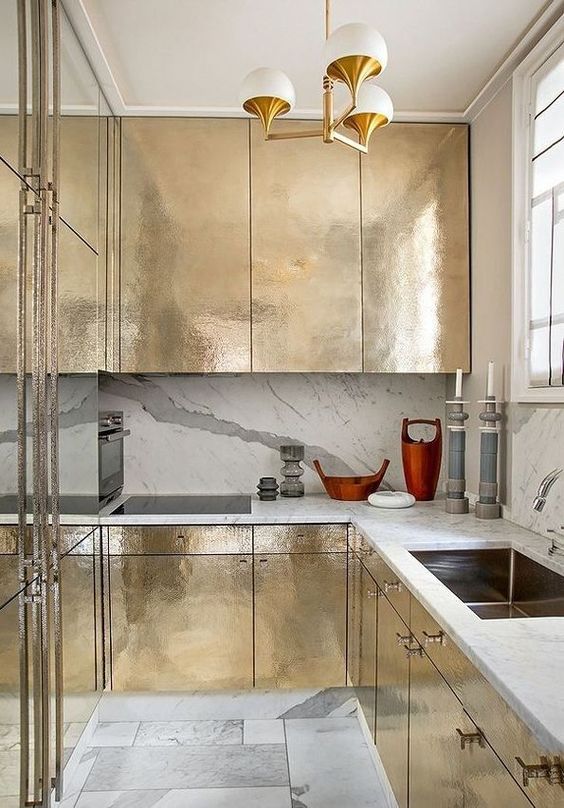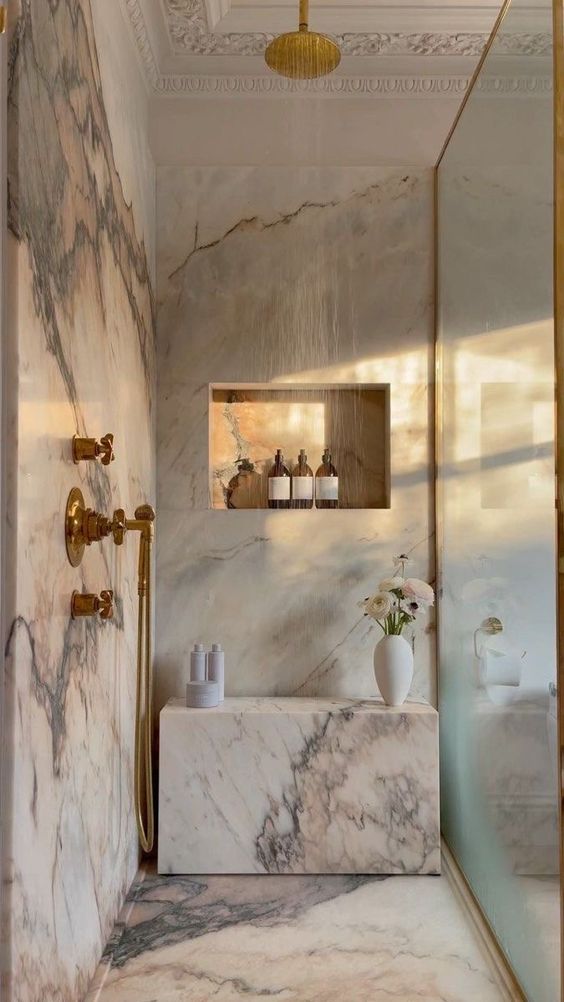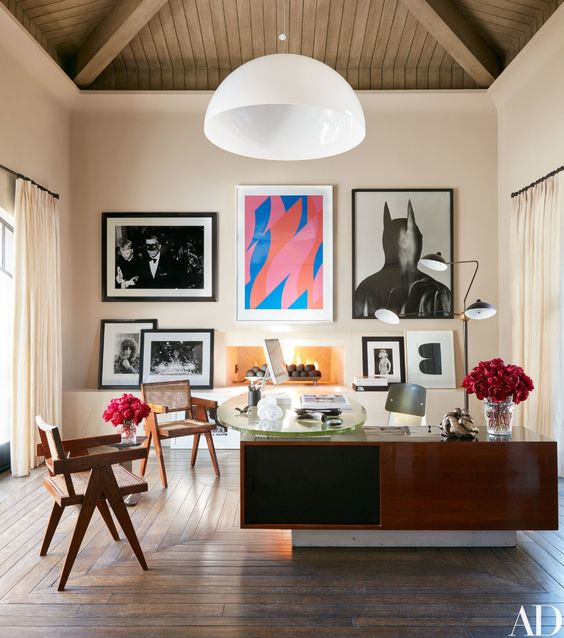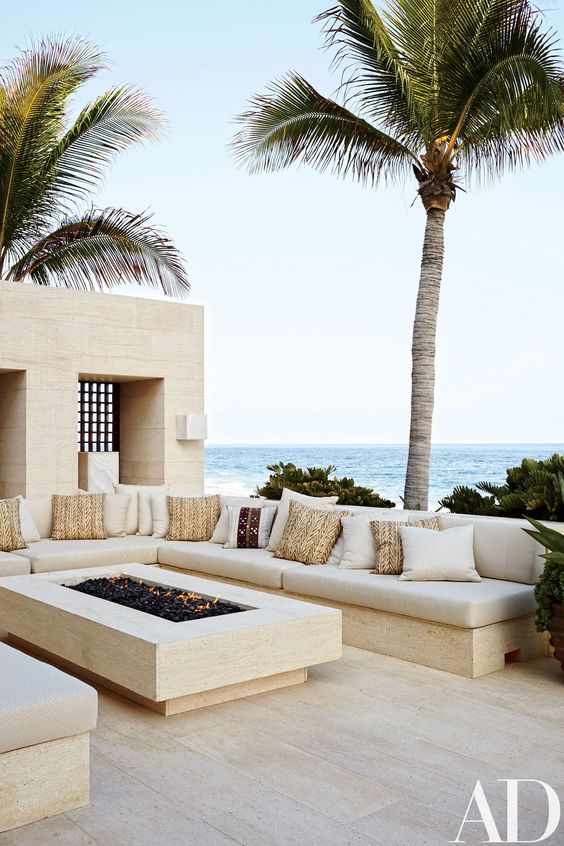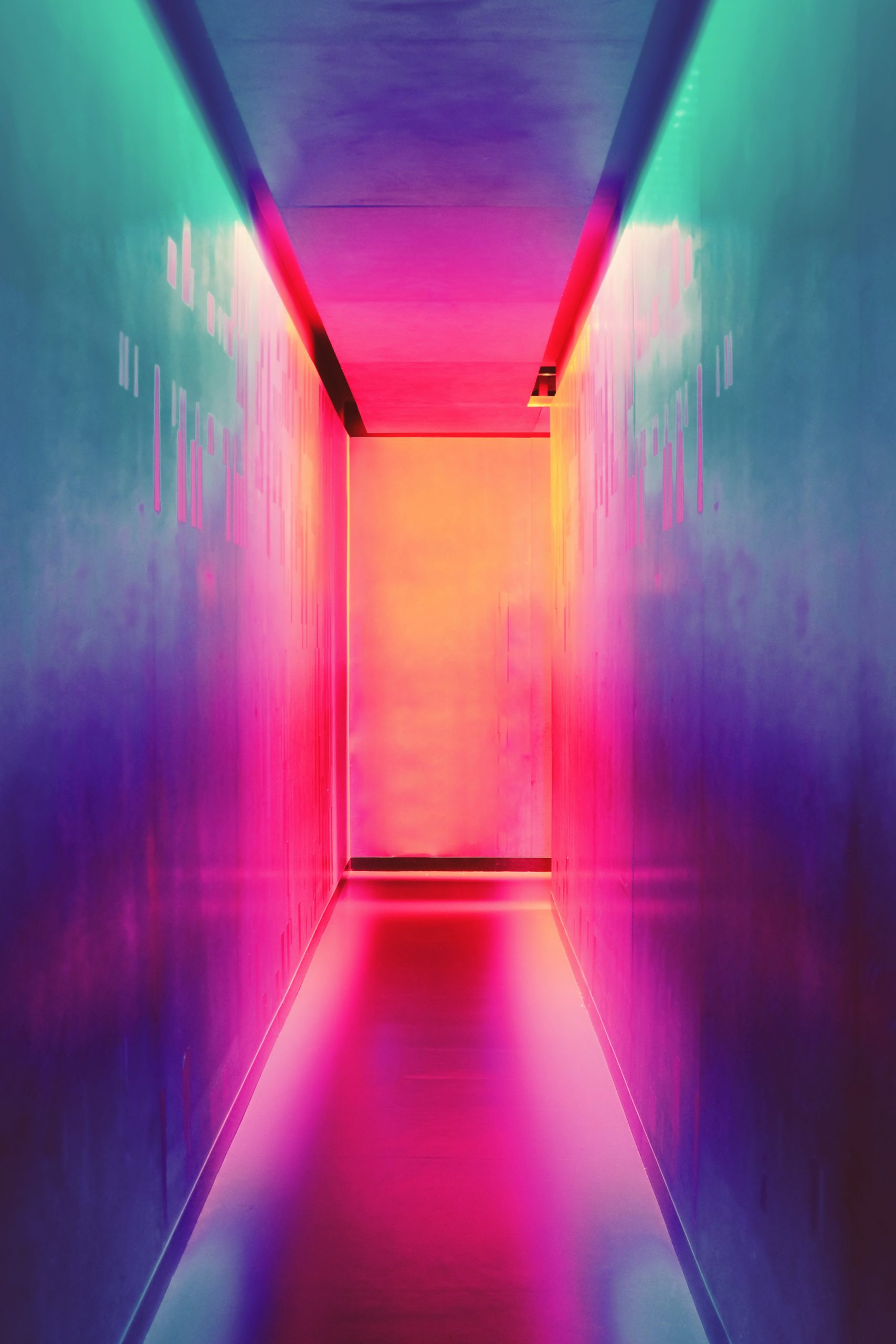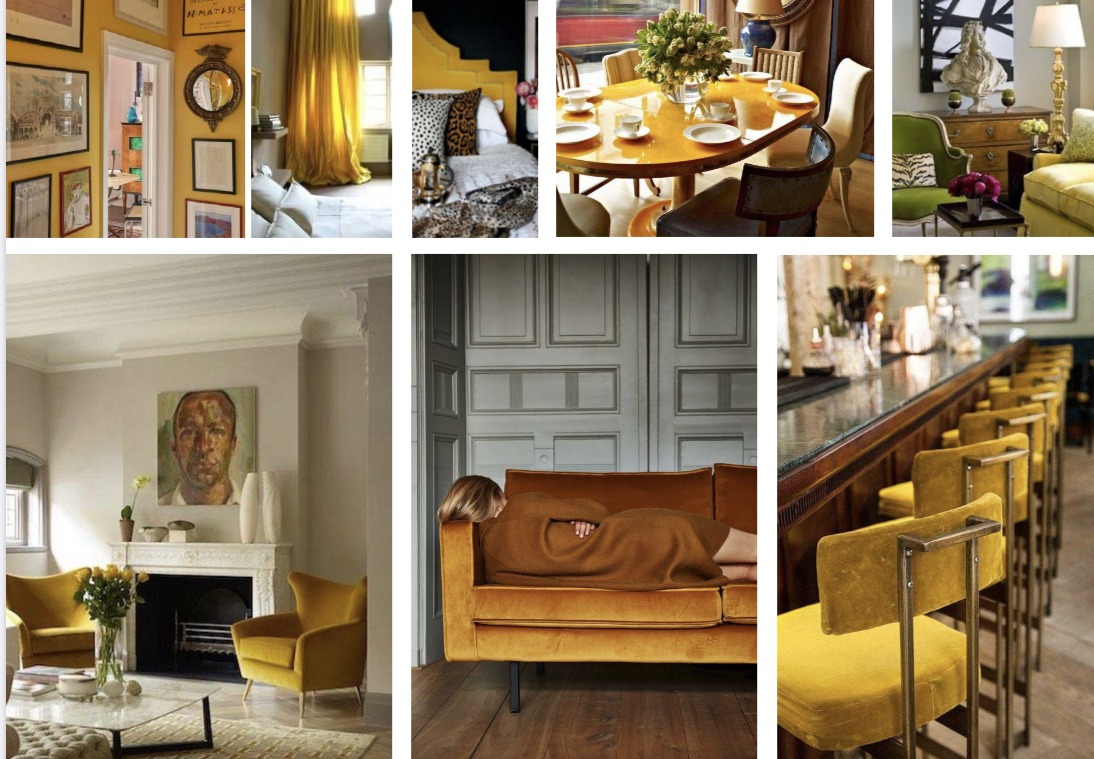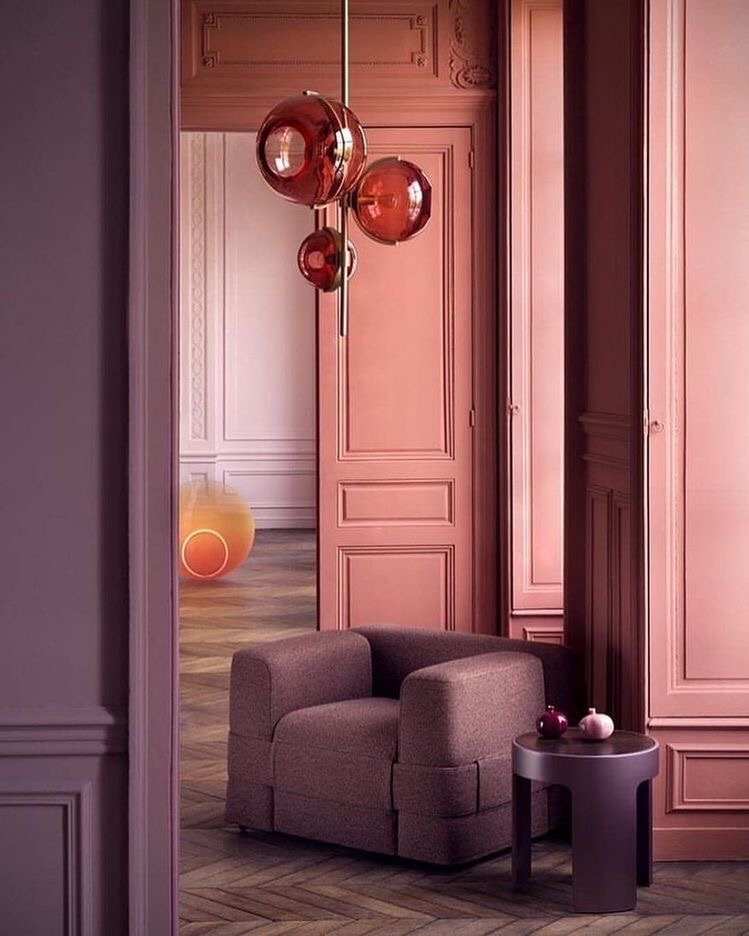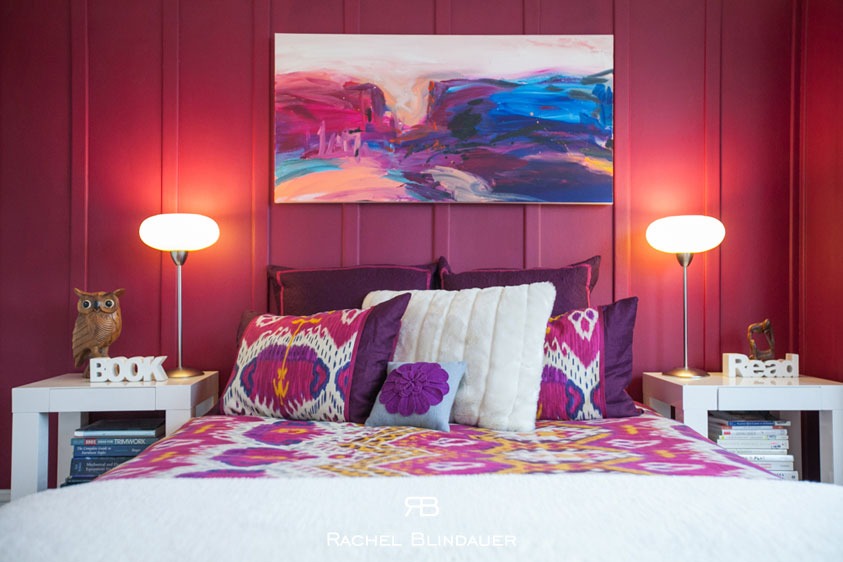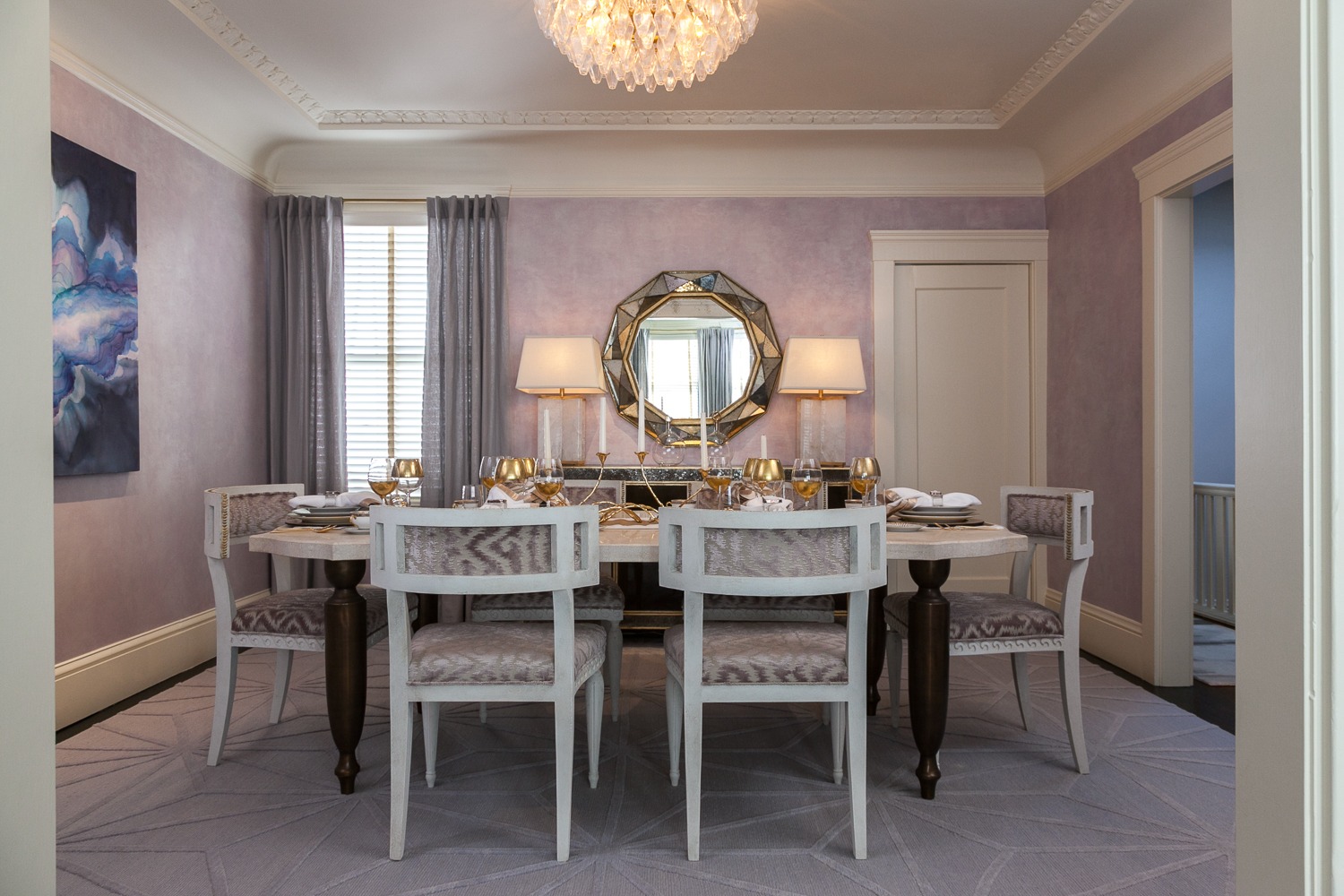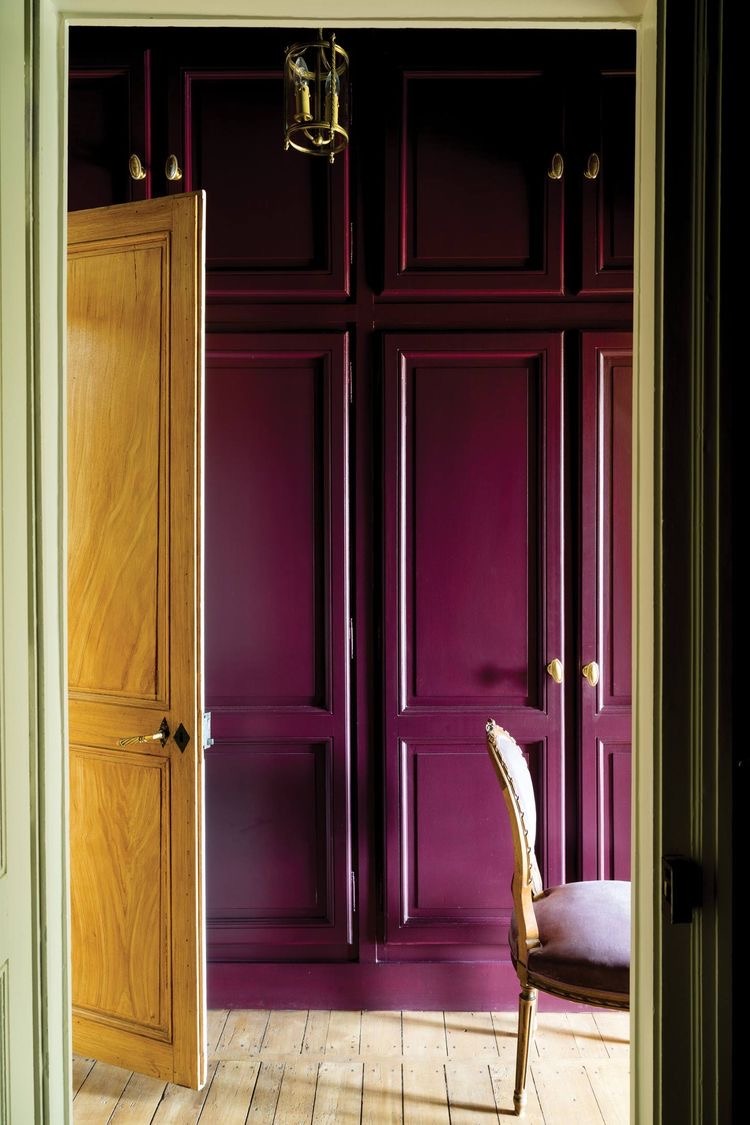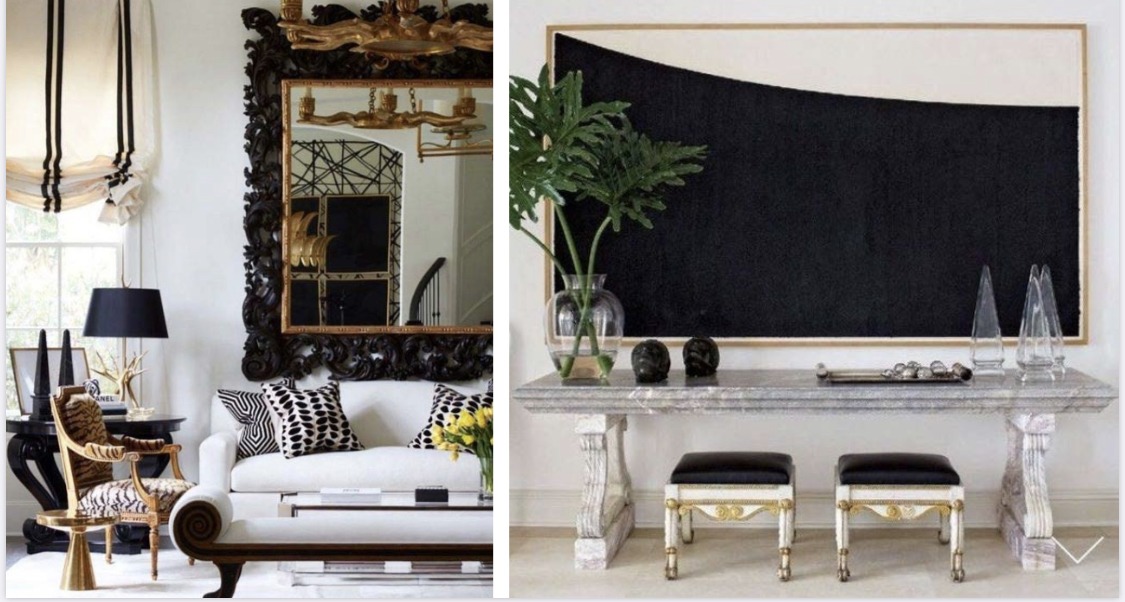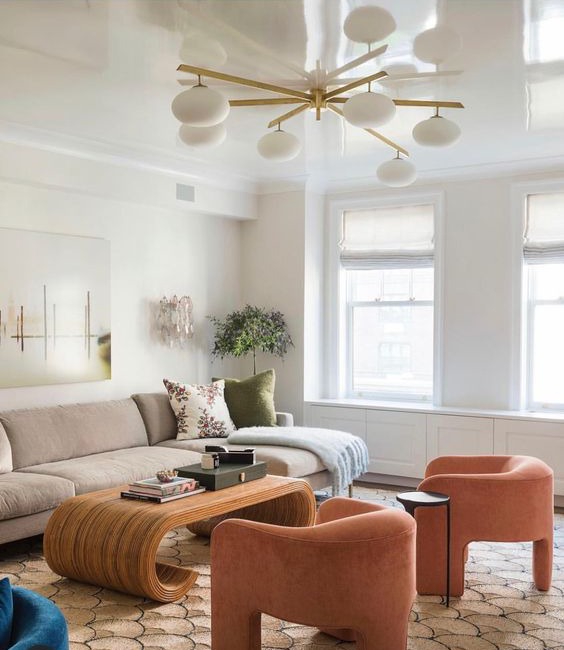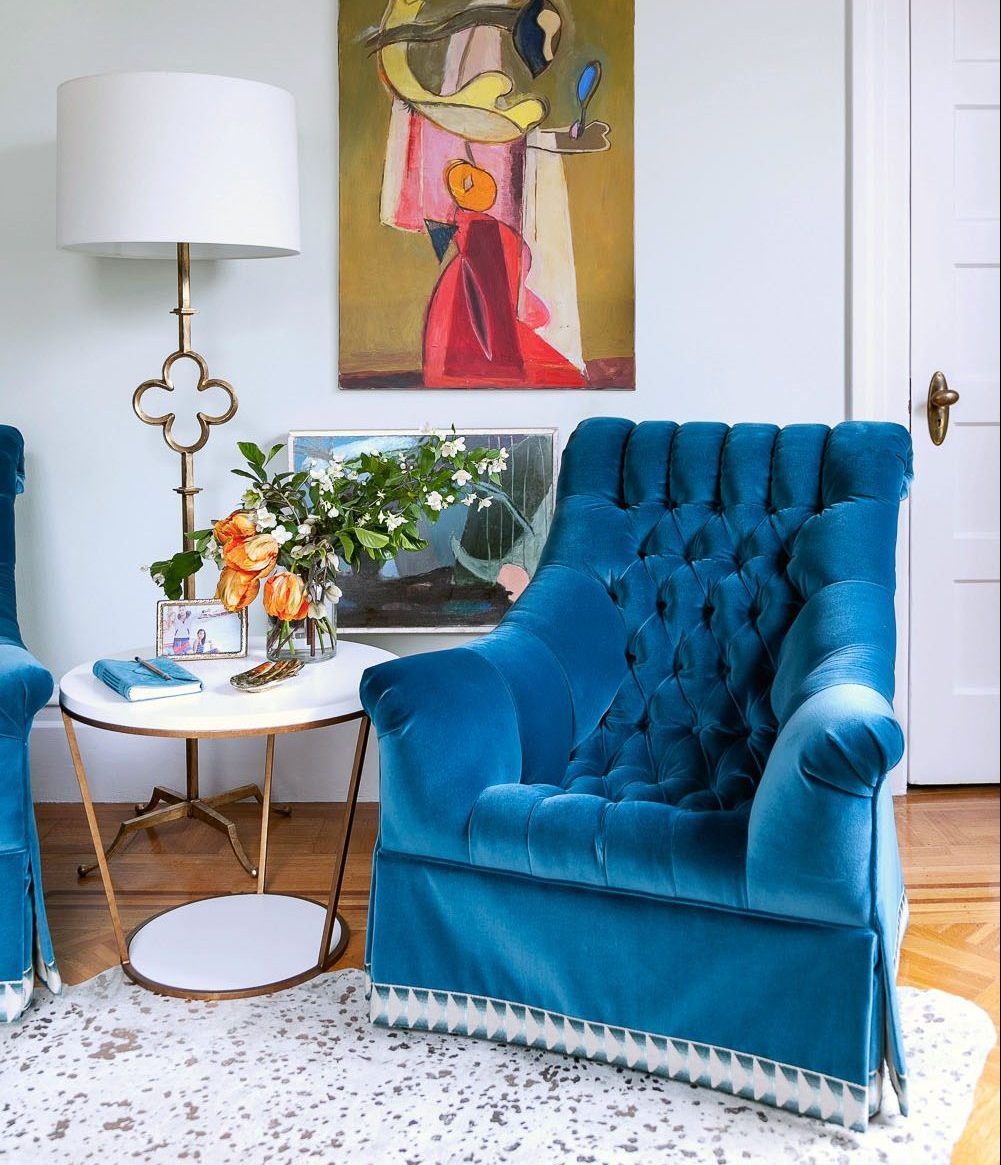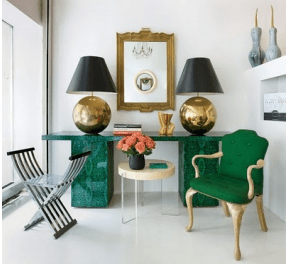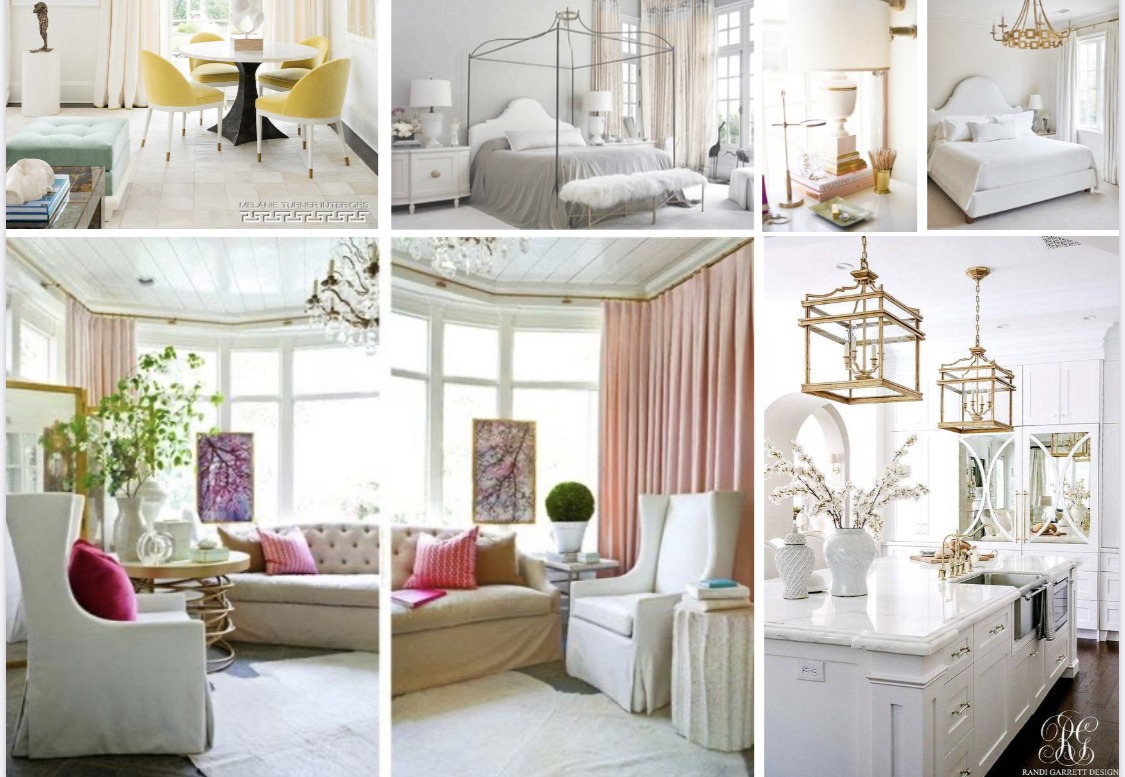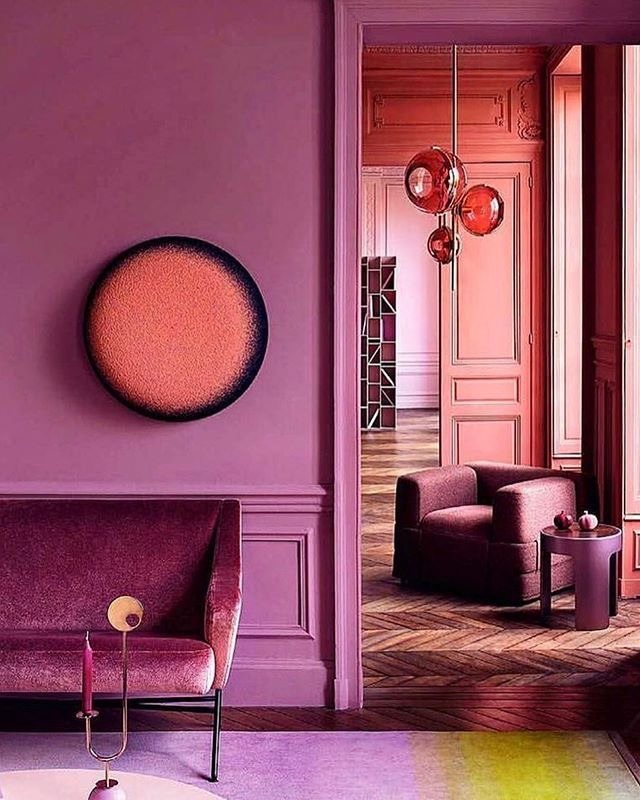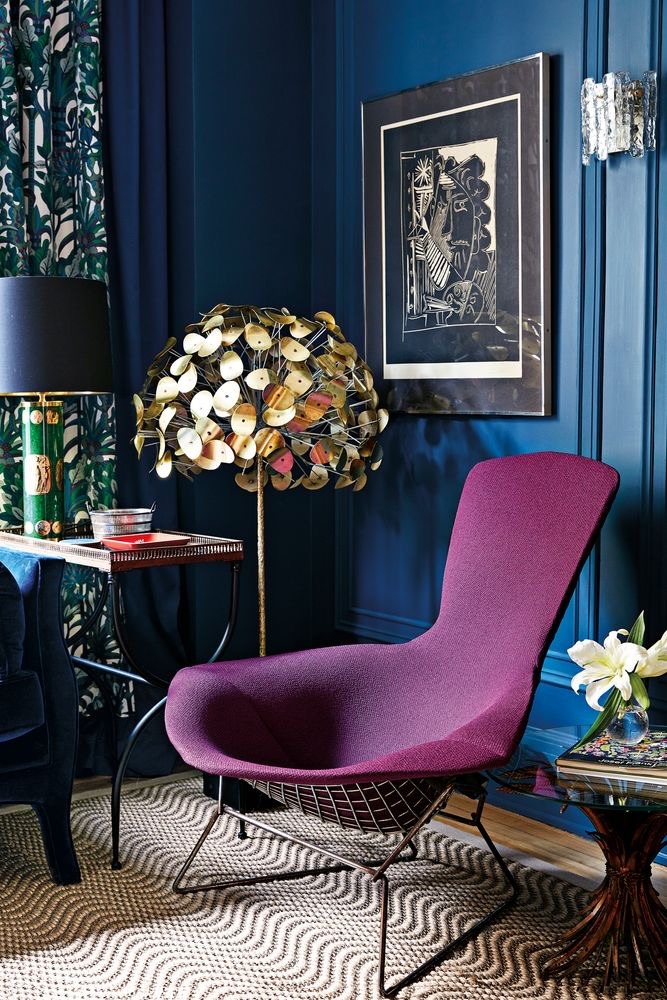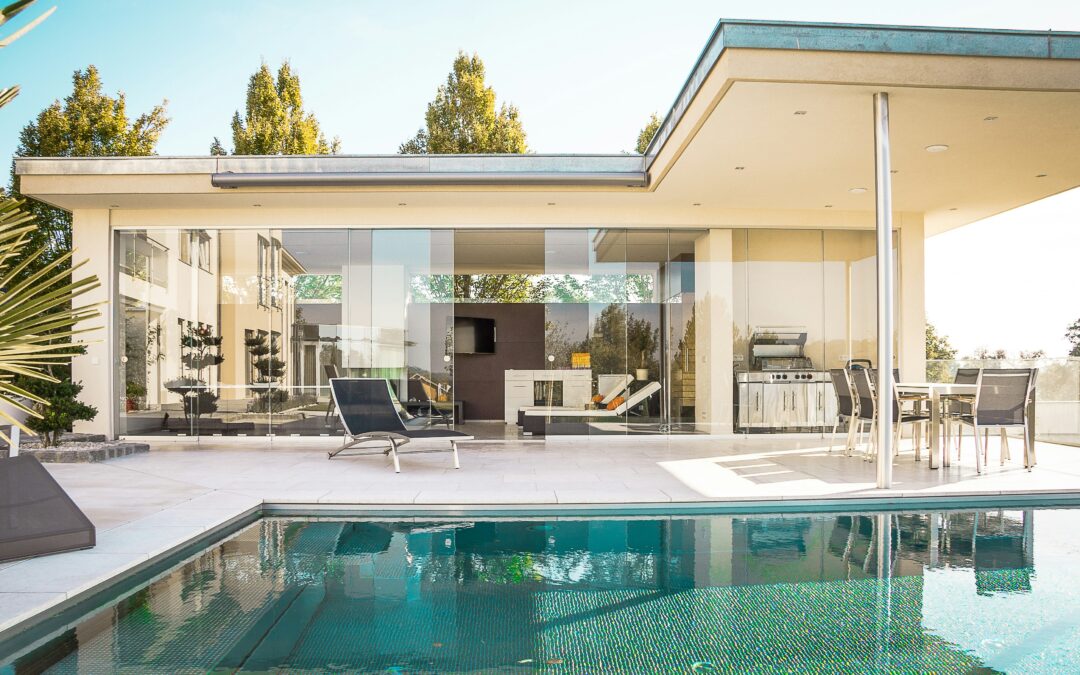
What’s Next for the Housing Market?
The housing market is undergoing significant changes, with various factors impacting prices, interest rates, and selling practices. In this blog post, we will examine the current state of the housing market and explore its potential future trajectory. By analyzing the influence of the Federal Reserve’s rate cuts, a major settlement affecting real estate agents’ commissions, and President Biden’s efforts to alleviate high housing costs, we aim to provide valuable insights for buyers, sellers, and renters.
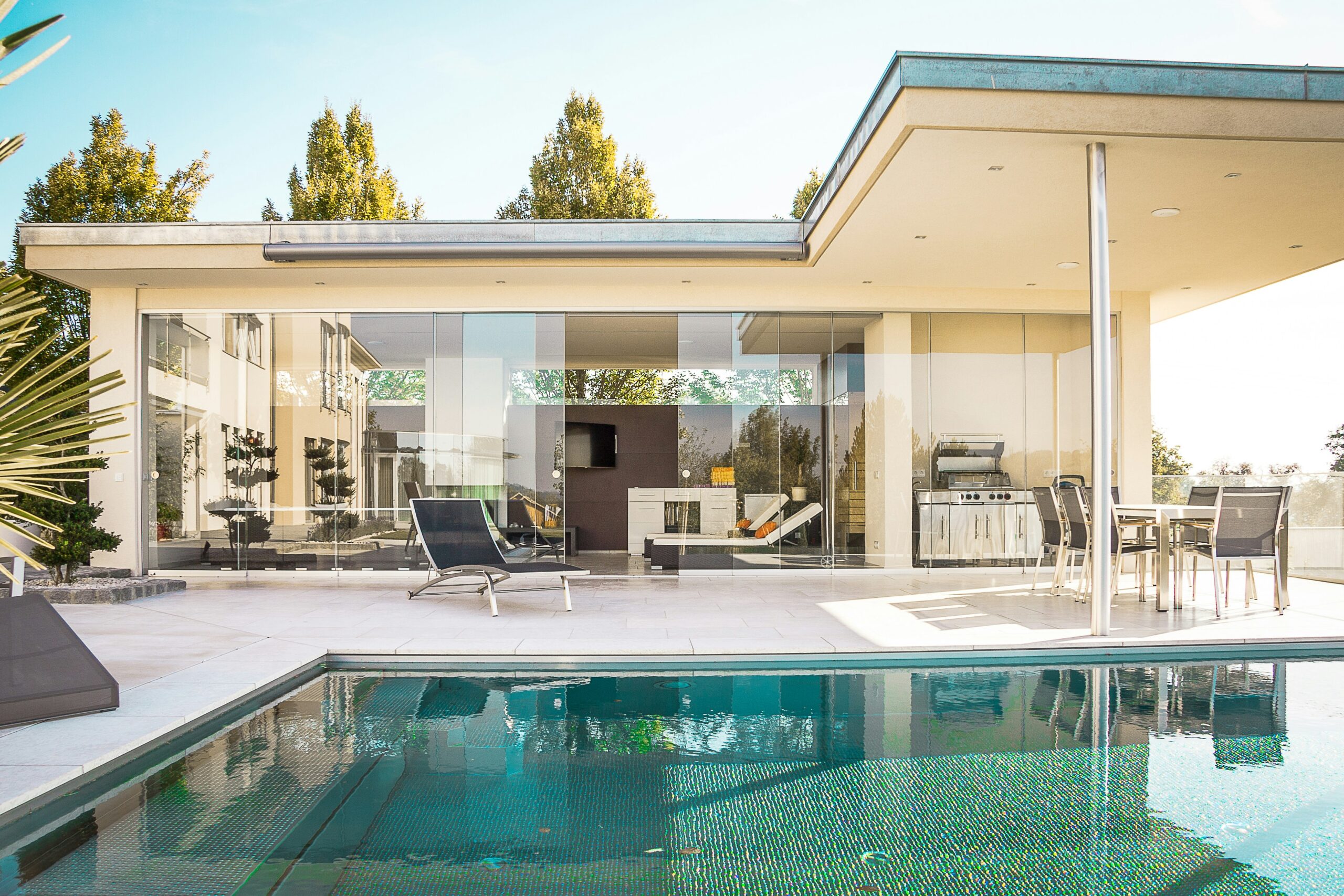
Interest rates are expected to fall
Over the past years, mortgage rates have risen due to the Federal Reserve’s decision to increase interest rates. However, there is an anticipation that the Fed will lower borrowing costs, potentially resulting in a decrease in mortgage rates. This reduction could be significant if investors expect further rate cuts beyond current predictions, offering favorable conditions for homebuyers.
Changing dynamics in real estate practices
A landmark legal settlement may disrupt the longstanding practice of home sellers paying a standard 6% sales commission to real estate agents. This change could have implications for first-time homebuyers, potentially alleviating some of the financial burden associated with selling a property. However, it remains to be seen how this shift will impact the overall real estate market.
Affordability challenges persist
Despite the potential relief from lower interest rates and changes in selling practices, the housing market continues to face affordability challenges. The combination of high home prices and rising interest rates has made it increasingly difficult for individuals to enter the market. Additionally, closing costs, including loan origination fees and appraisal expenses, further contribute to the affordability barrier.
Limited inventory and strong demand
One of the primary factors driving the housing market is the persistent shortage of available homes for sale. Demographic trends, such as population growth and changing preferences, continue to fuel demand for housing. Cheaper mortgages resulting from lower interest rates may entice buyers, but the constrained inventory remains a significant challenge to address, potentially keeping prices elevated.
Future uncertainties and the importance of staying informed
As the housing market evolves, it is crucial for individuals to stay informed about emerging trends and their potential implications for housing decisions. While economists anticipate relatively moderate cost increases, it is unlikely that prices will decrease significantly, especially for home purchases. The evolving nature of the market necessitates constant monitoring and adaptation to make informed housing choices.
The housing market is currently undergoing significant changes that will shape its future trajectory. One key factor is the Federal Reserve’s plan to cut interest rates this year. This move could potentially have significant implications for the housing market, as lower interest rates tend to make borrowing cheaper and stimulate home buying activity. Alongside this, a change in selling practices is expected to bring about further transformations. Real estate agents are likely to reduce their commissions following a major settlement, potentially impacting the dynamics of home shopping and making it more accessible and affordable for buyers.
President Biden has also recognized the issue of high housing costs and has taken initiatives to address it. The White House has announced plans to build and preserve over 2 million new homes, with the aim of lowering rents and the cost of buying a home. These efforts are directed towards making housing more affordable for working families, as President Biden firmly believes that everyone deserves to live in a safe and affordable home.
The current state of the housing market reflects both challenges and opportunities. While sales have slowed due to higher interest rates, home prices and rents remain significantly higher than pre-pandemic levels. Economists predict relatively moderate cost increases in the housing market over the next year, but they do not anticipate prices to decrease significantly, especially for home purchases. This is due to the strong demand fueled by demographic trends and the limited inventory of available homes.
Overall, the housing market is in a state of flux. The expected decrease in interest rates and the potential shift in selling practices could have significant impacts on buyers, sellers, and renters. It is crucial for individuals to stay informed about these changes and their potential implications when making housing decisions. While there are challenges to overcome, there are also opportunities for those looking to enter the market or invest in real estate. By staying informed and adapting to the evolving market conditions, individuals can navigate the housing market successfully.”
Take the first step towards creating your dream space. If you are a couple with multiple homes looking for a decorator near you, a hotelier doing a redesign, or a developer looking for top-notch interior design services near you, Rachel Blindauer and her team are here to bring your vision to life. With our wealth of experience and expertise, we can create stunning and functional spaces that exceed your expectations and bring you to a new height of design and sophistication.
Get Started Today
Let Rachel Blindauer help you think through your project starting with a complimentary consultation.
SOMETHING FOR EVERYONE
Rachel’s curated collection of furniture, decor, and kitchen items accessible through Amazon.

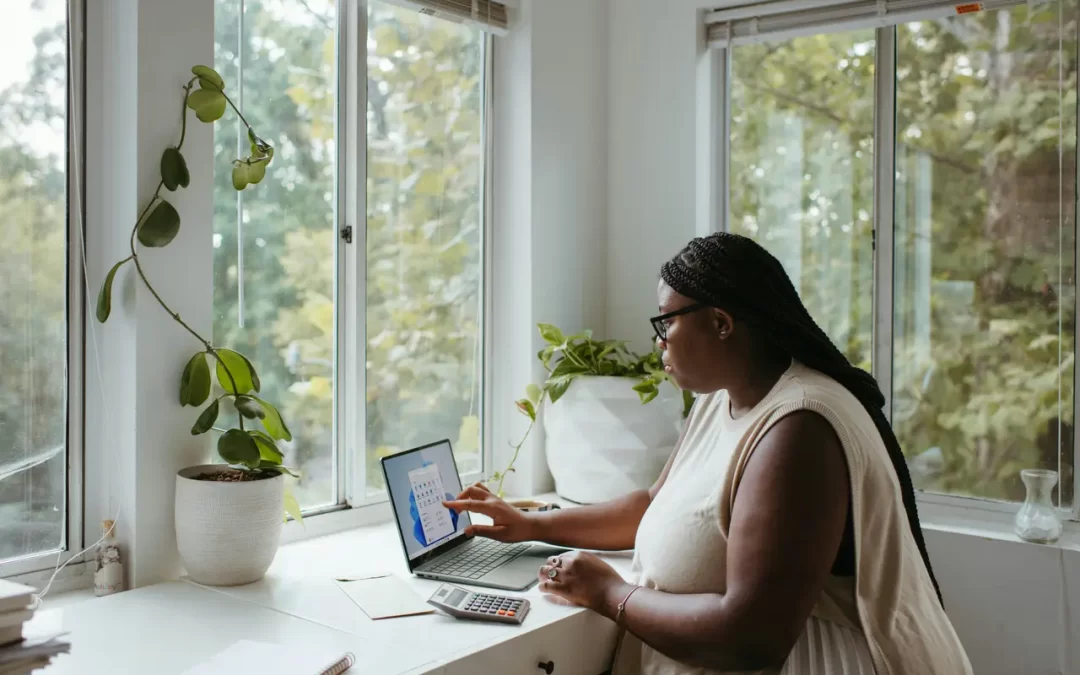
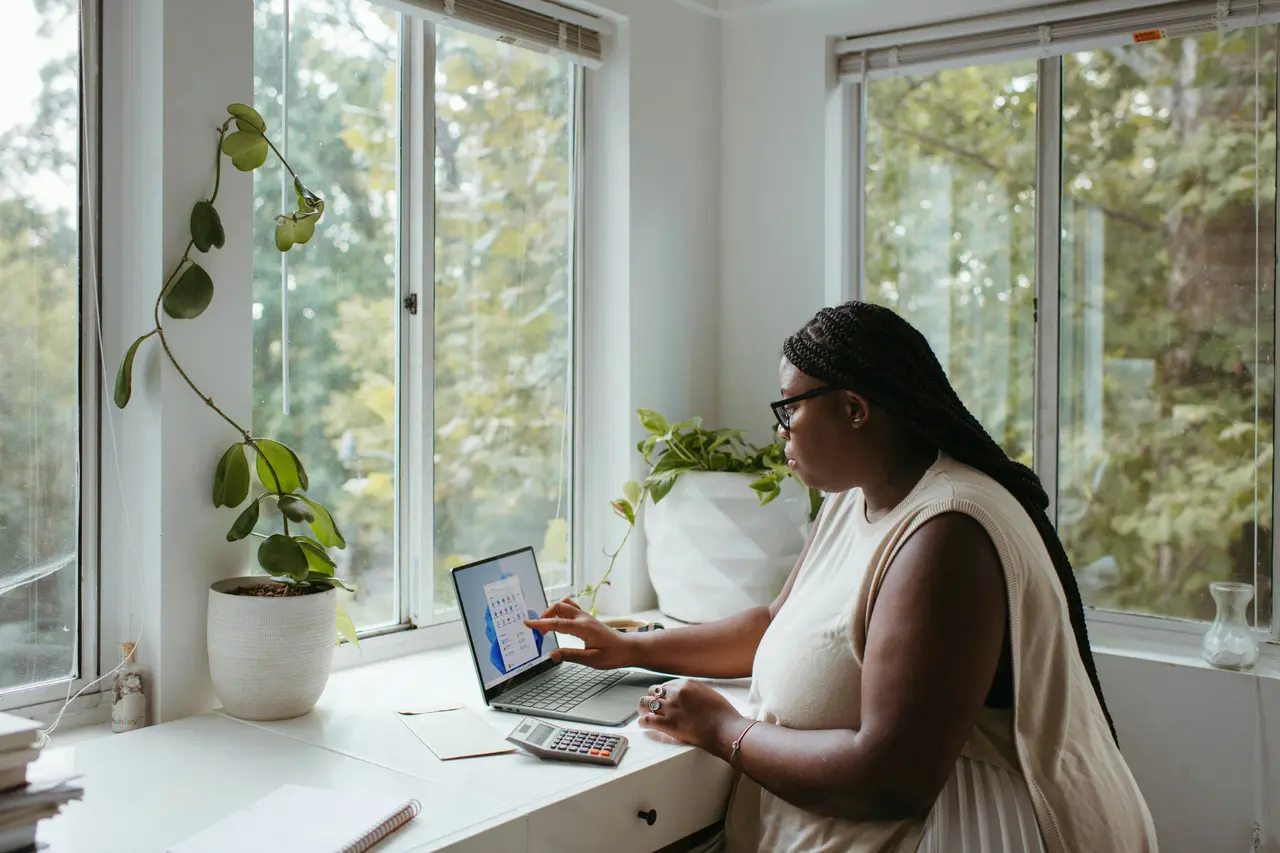
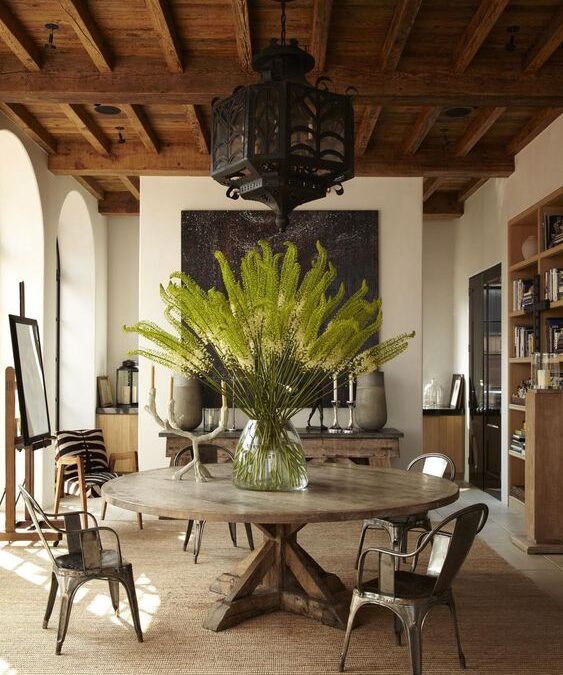
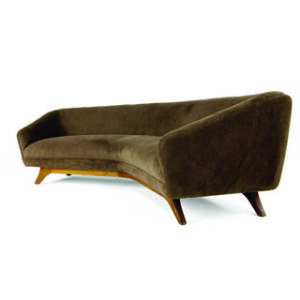 Embracing the Warmth of Brown
Embracing the Warmth of Brown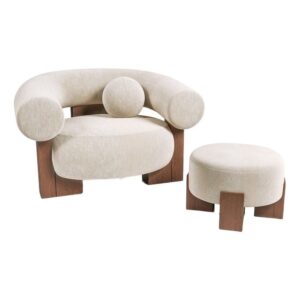
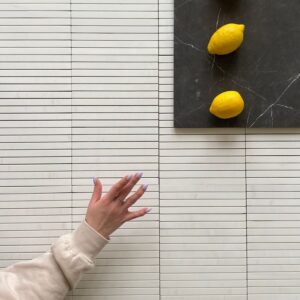 Stacked Tile and Brick
Stacked Tile and Brick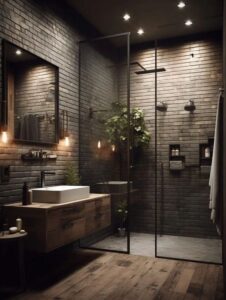 Industrial Charm Gets Sophisticated
Industrial Charm Gets Sophisticated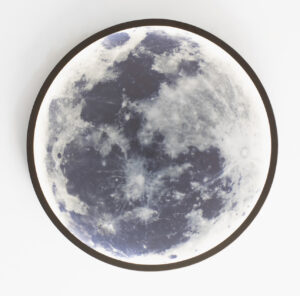 Sculptural Art + Statement Pieces
Sculptural Art + Statement Pieces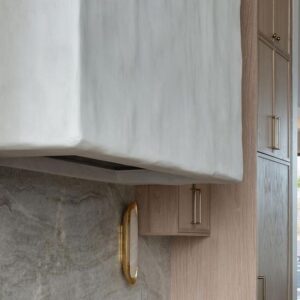 Dynamic Range Hoods
Dynamic Range Hoods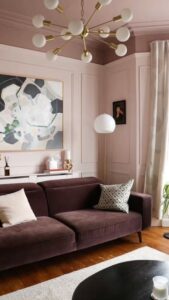 Two or Tri-Tone Color Schemes
Two or Tri-Tone Color Schemes A Pause From Technology
A Pause From Technology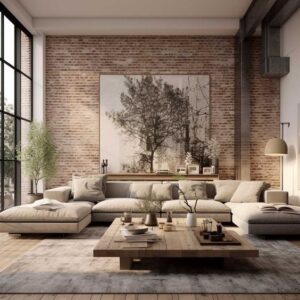 Inviting Living Rooms
Inviting Living Rooms